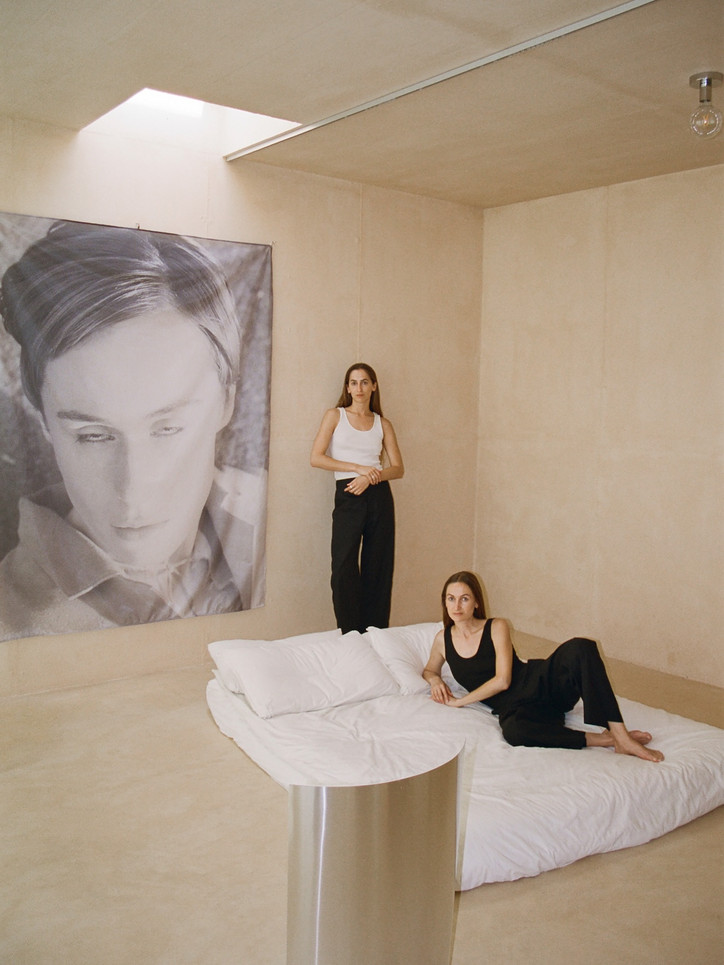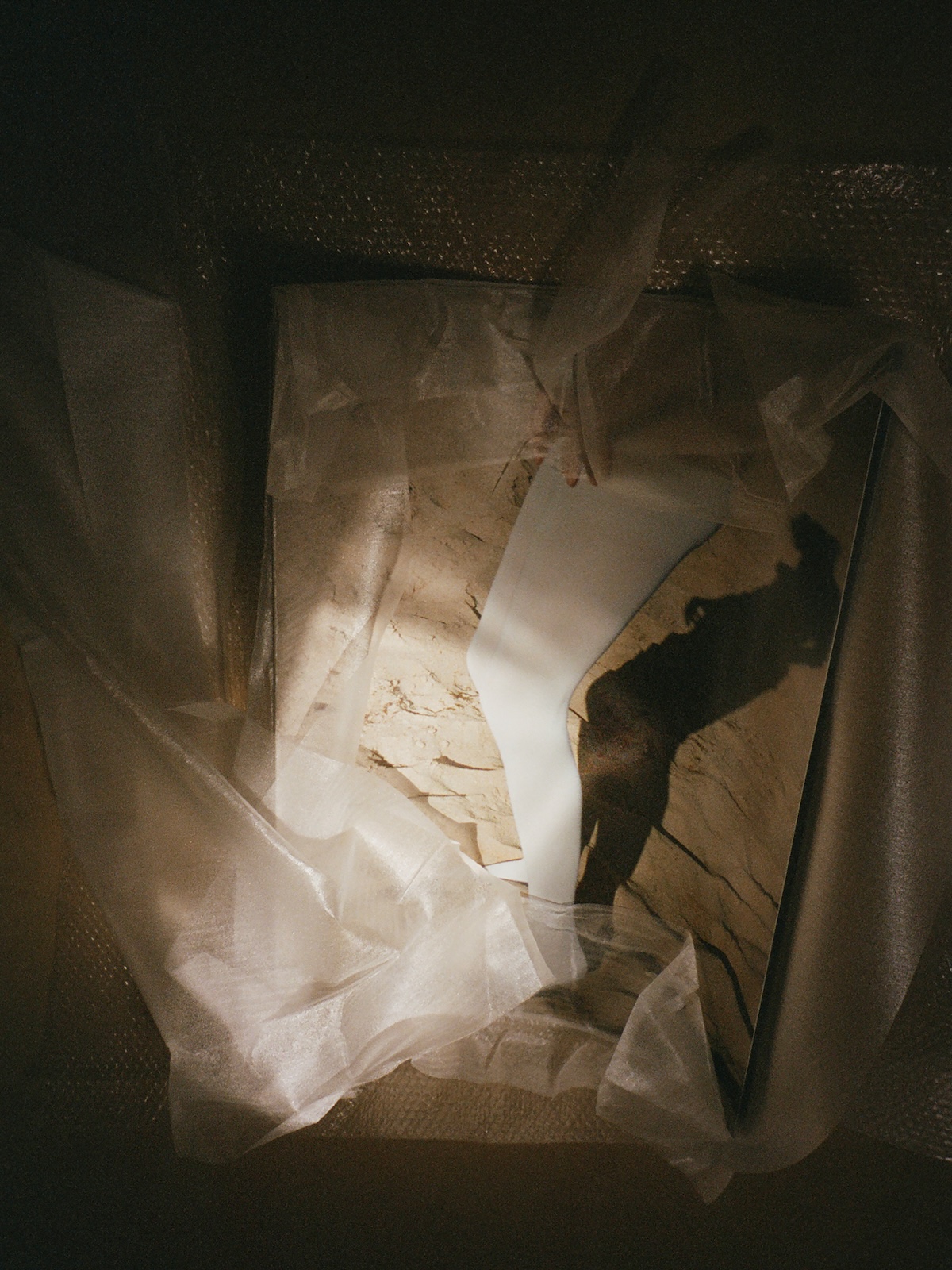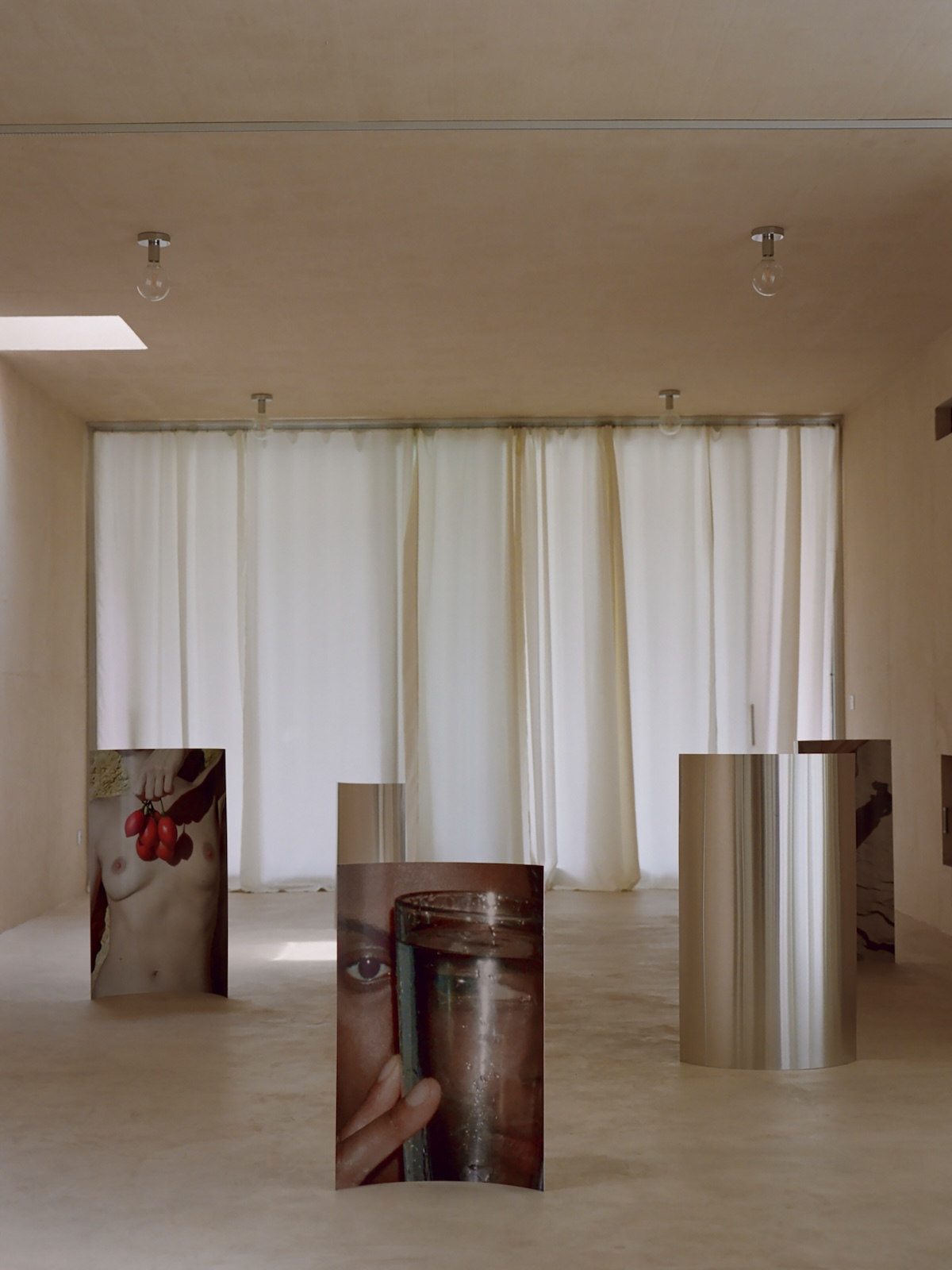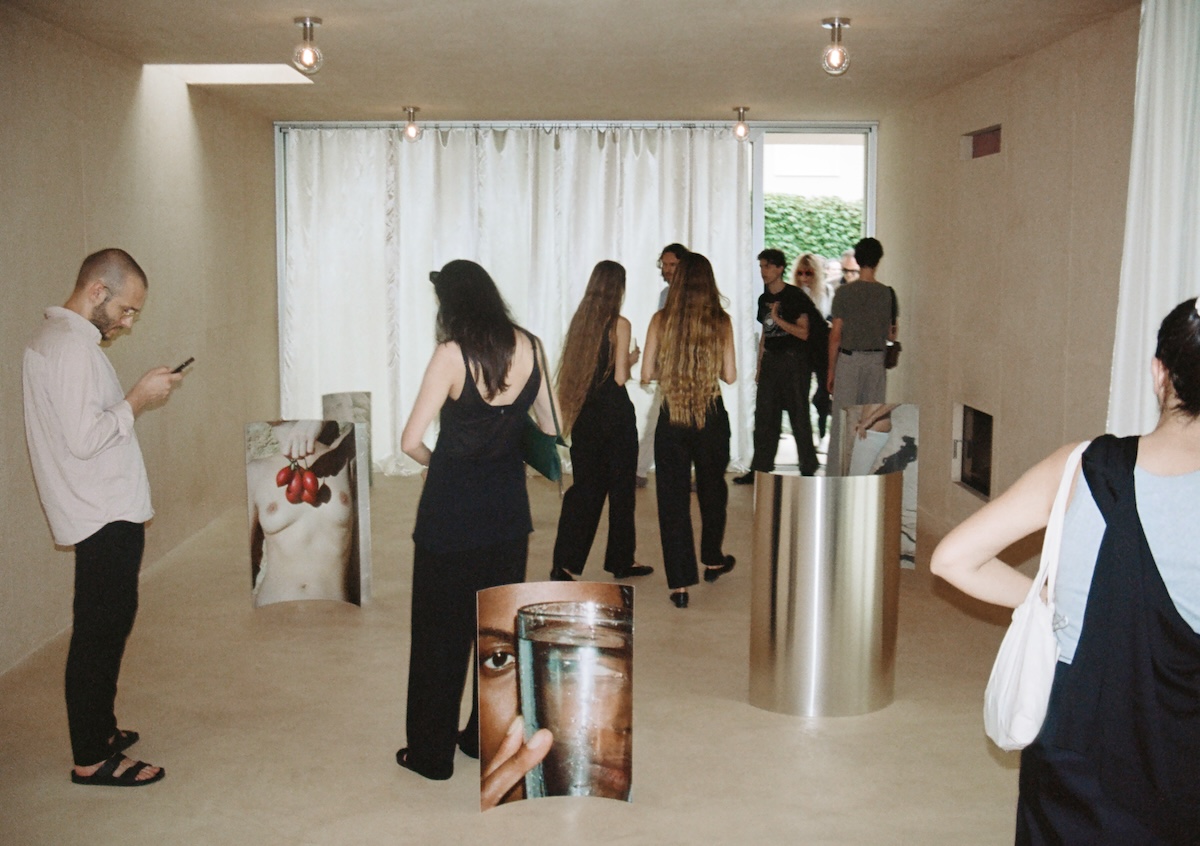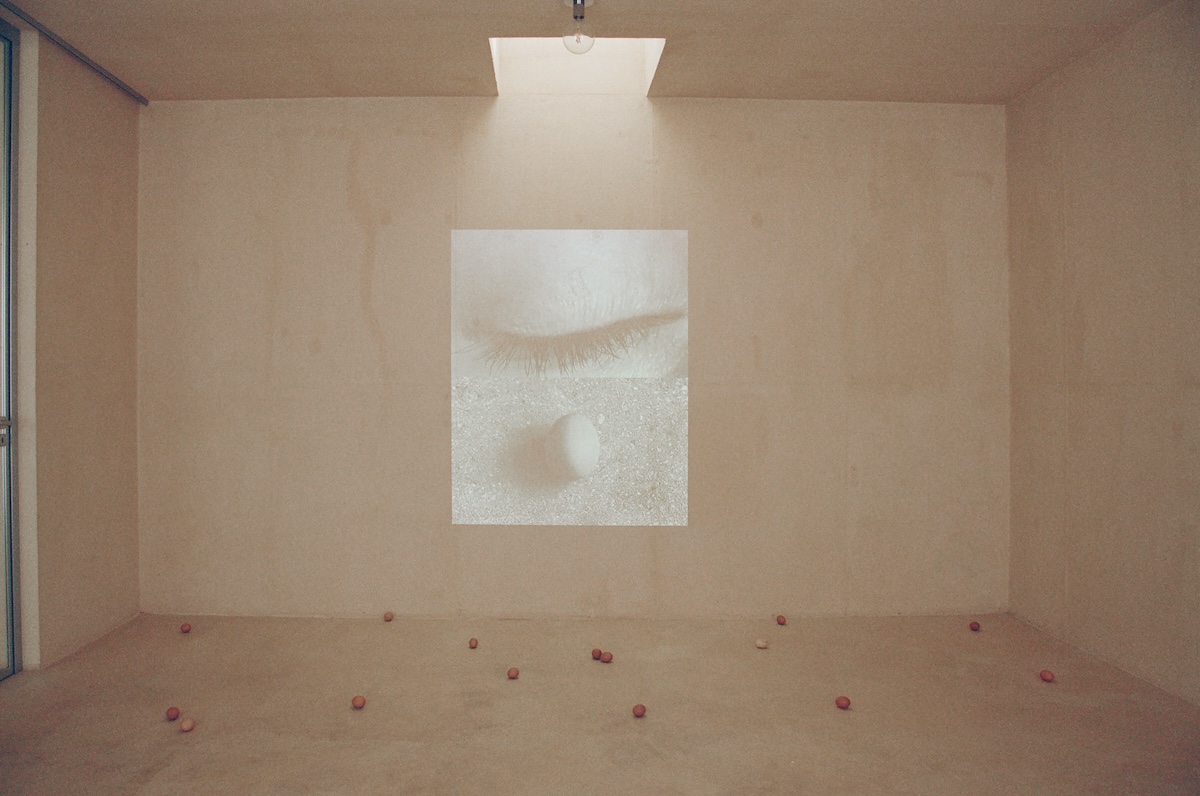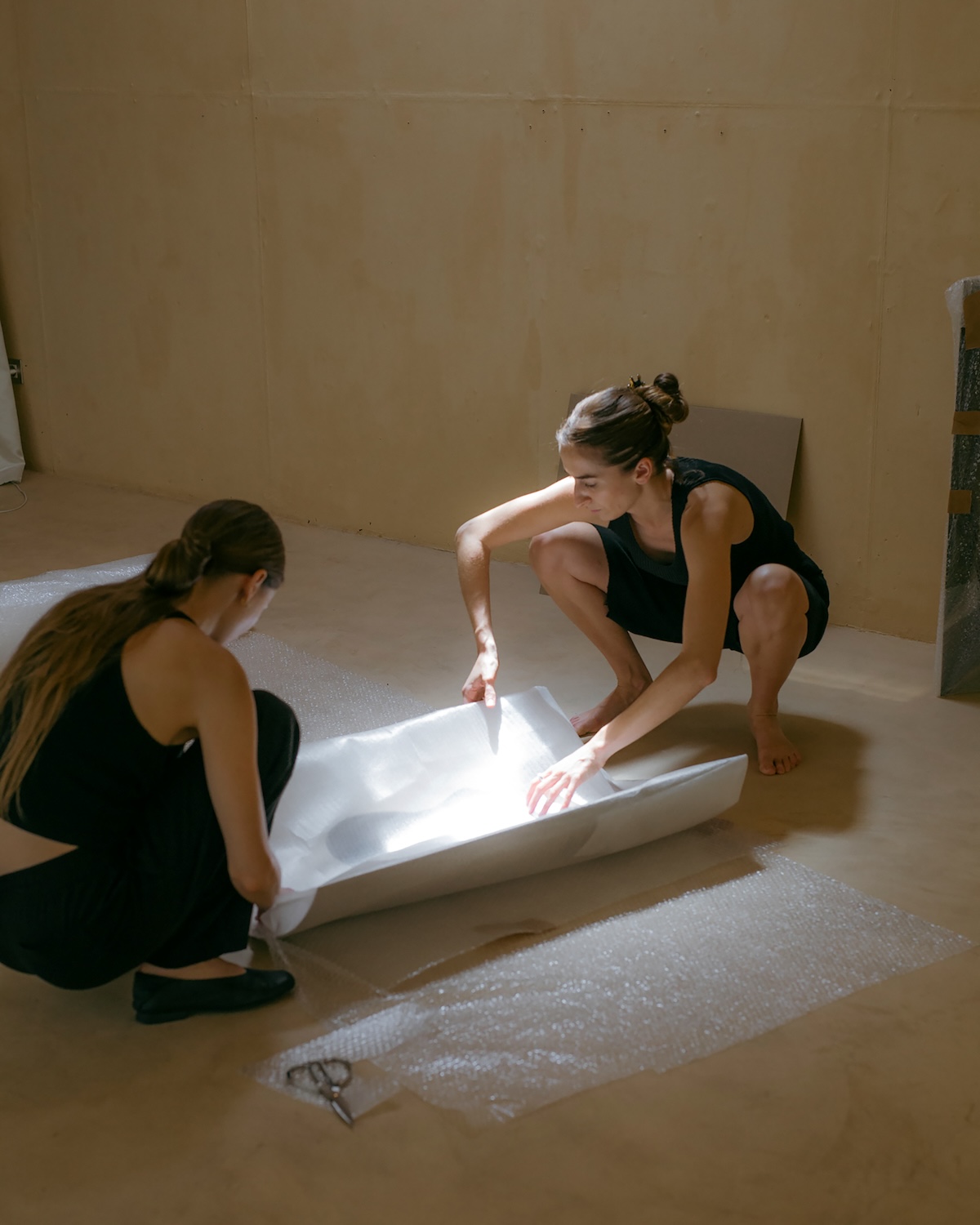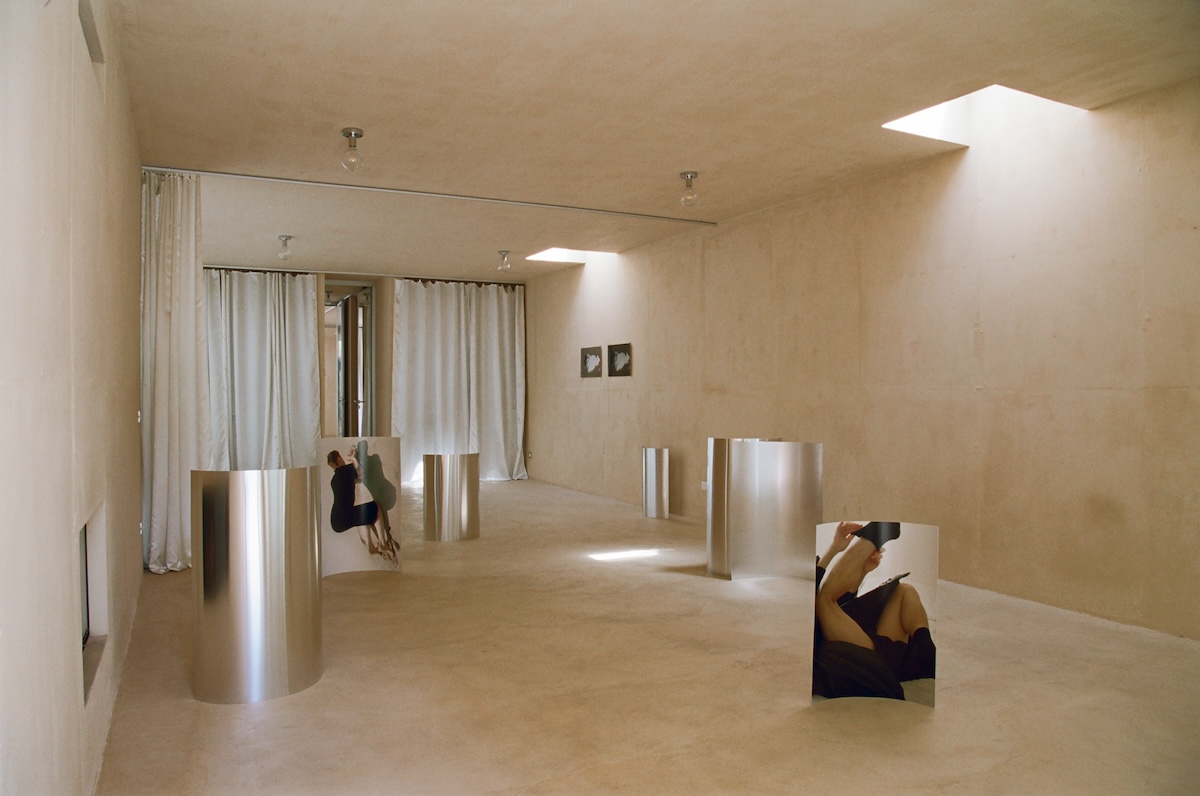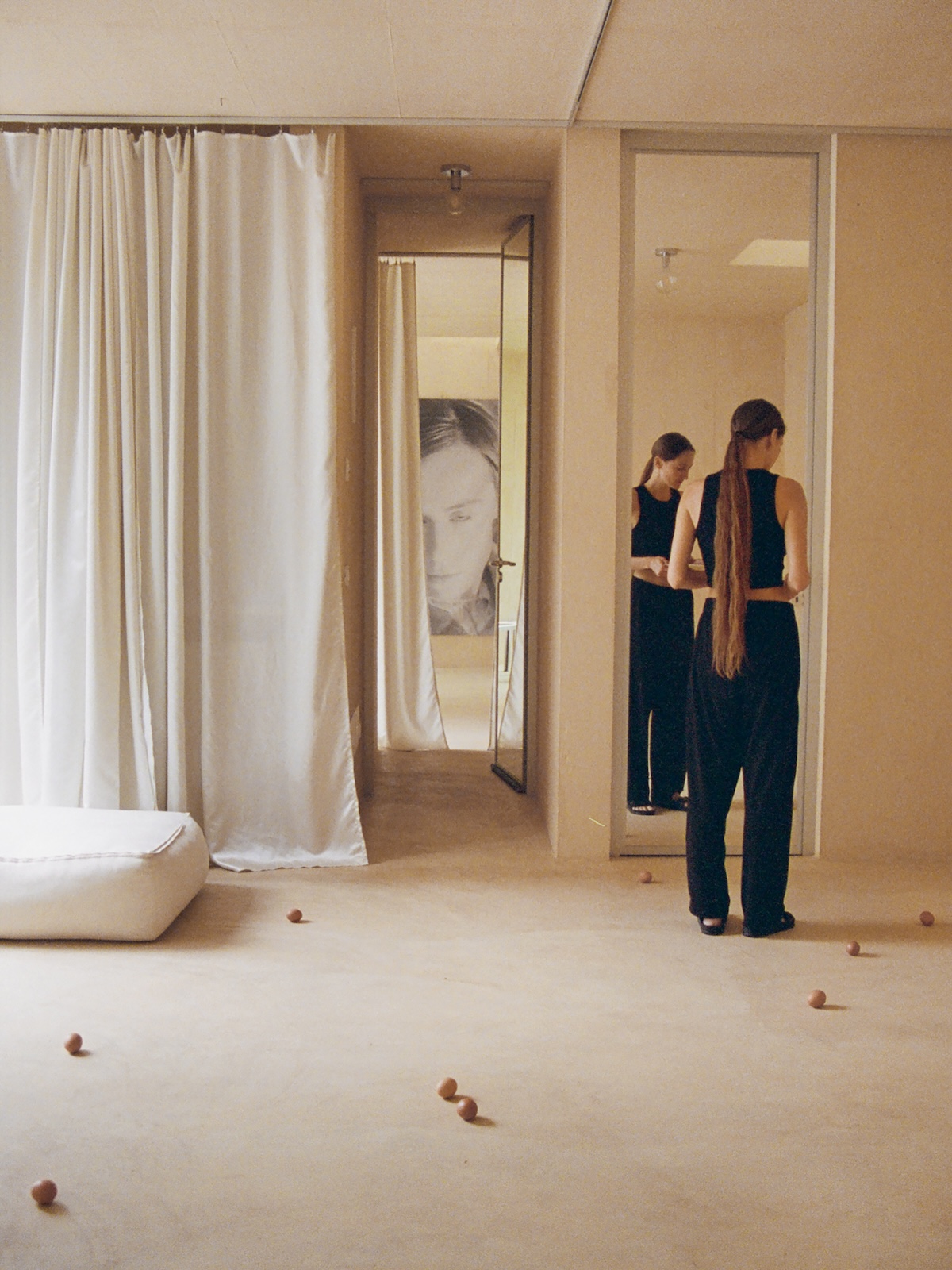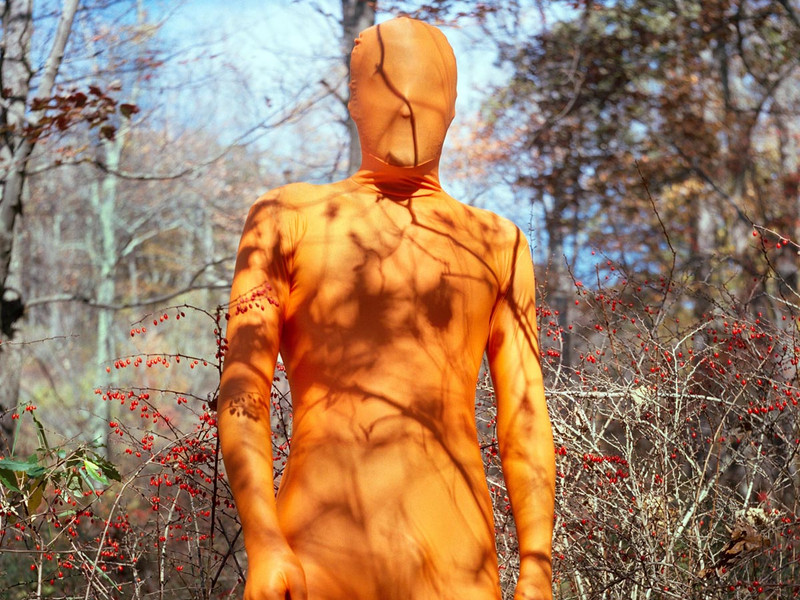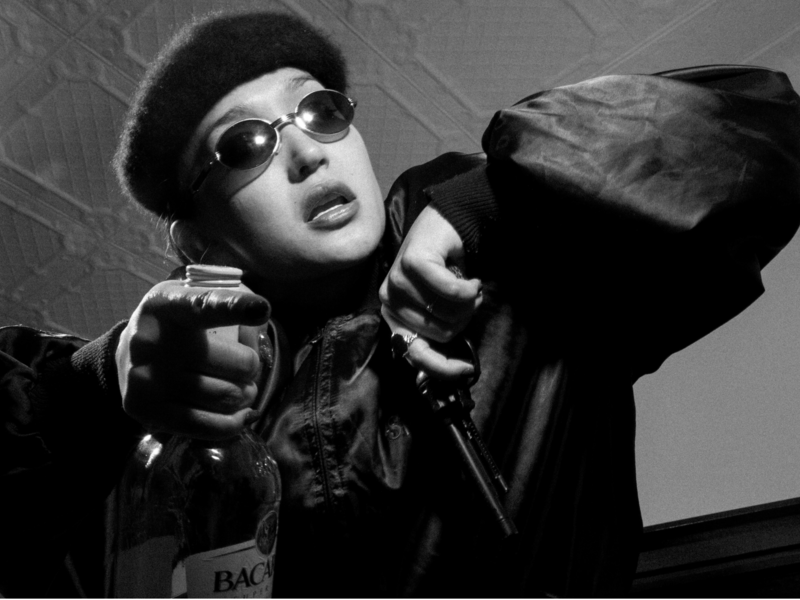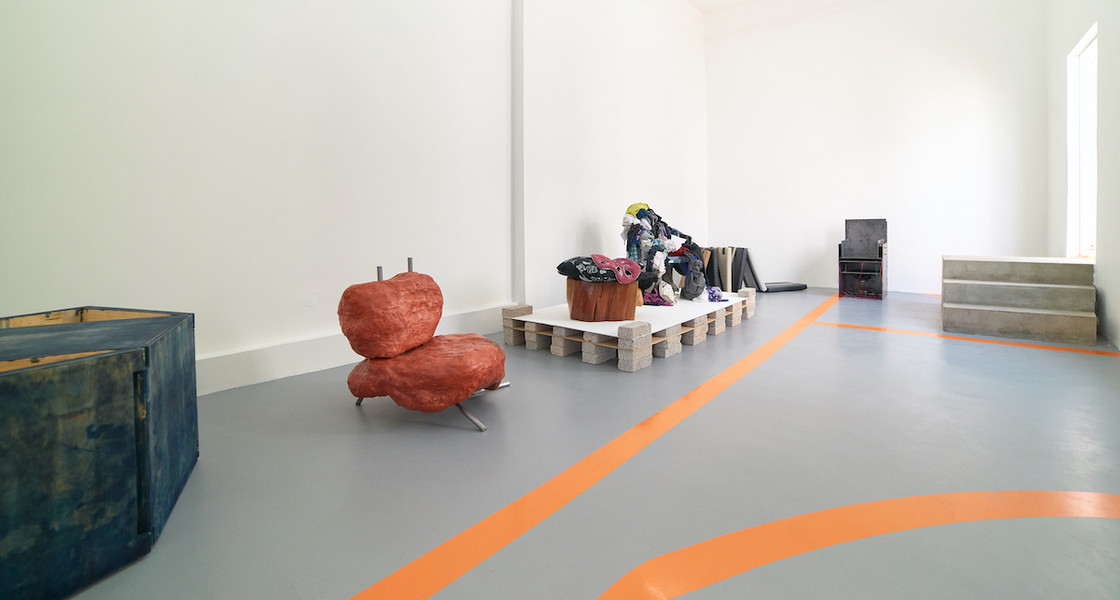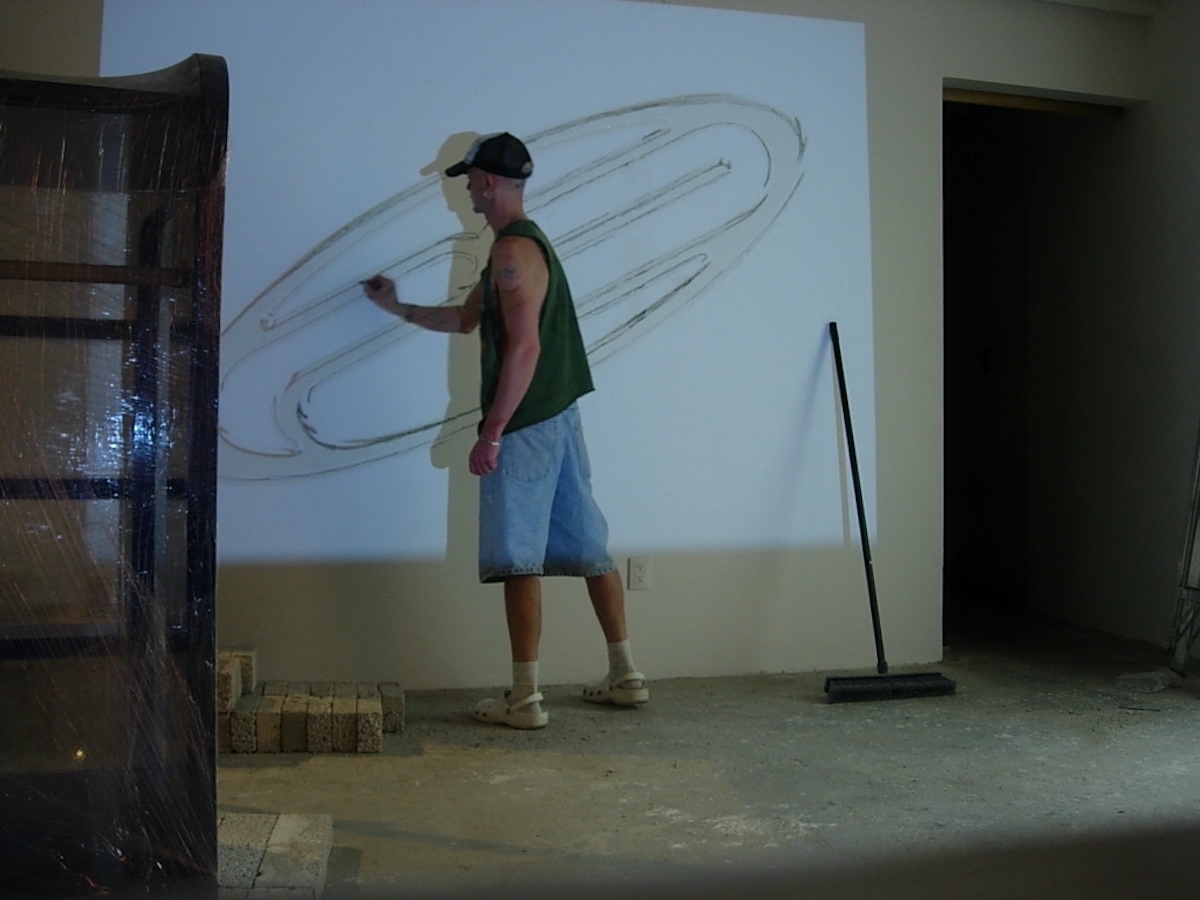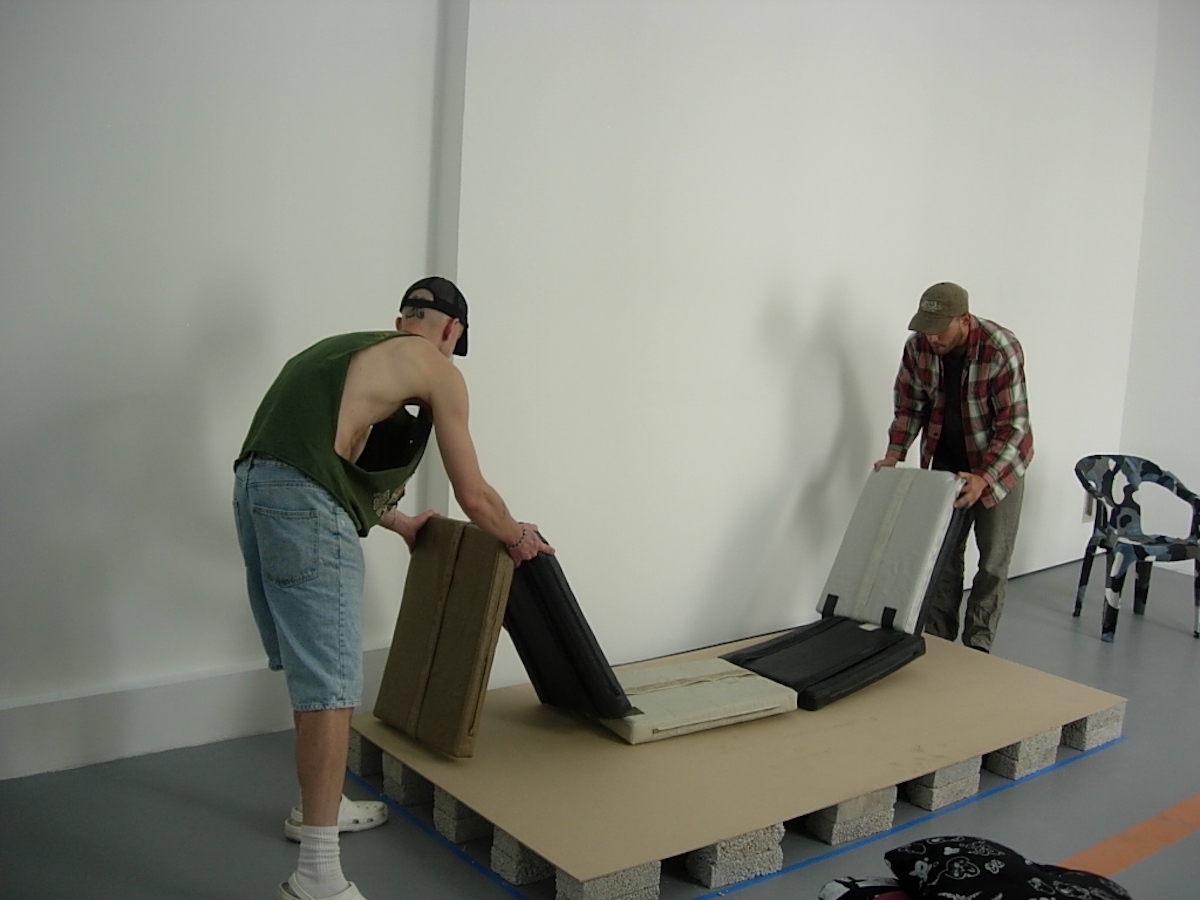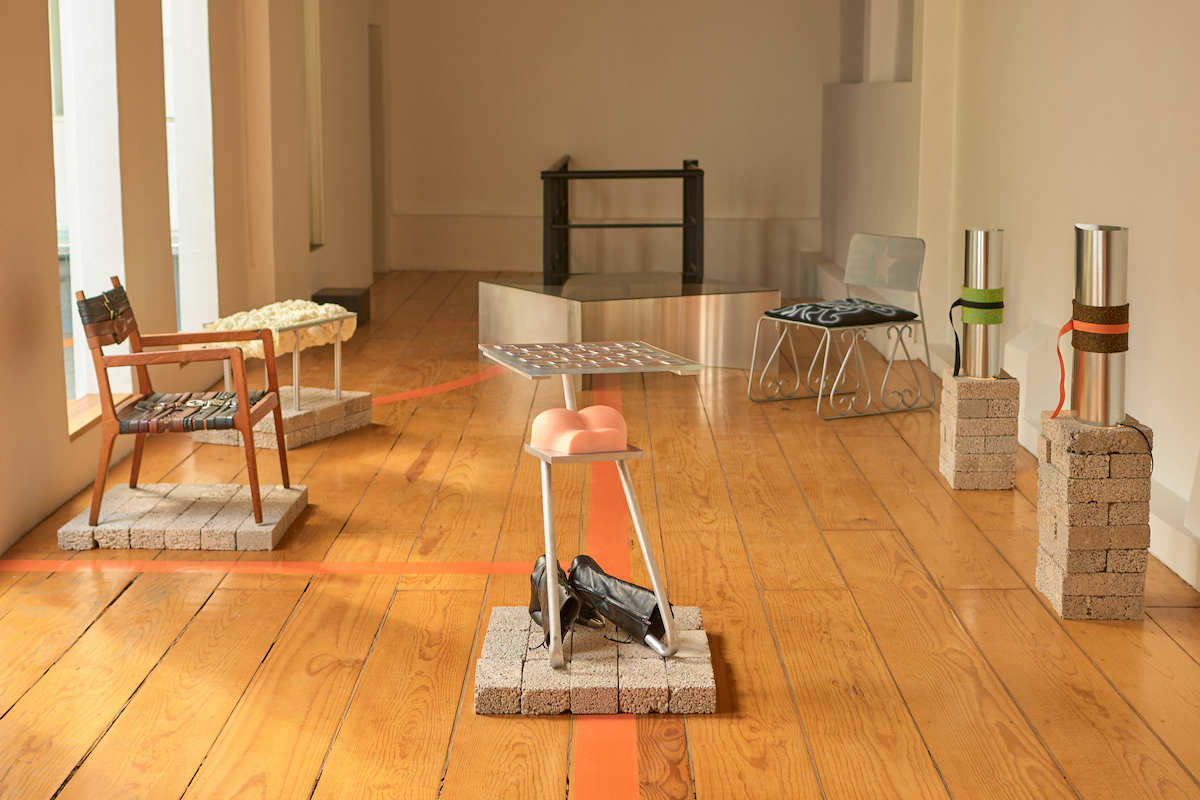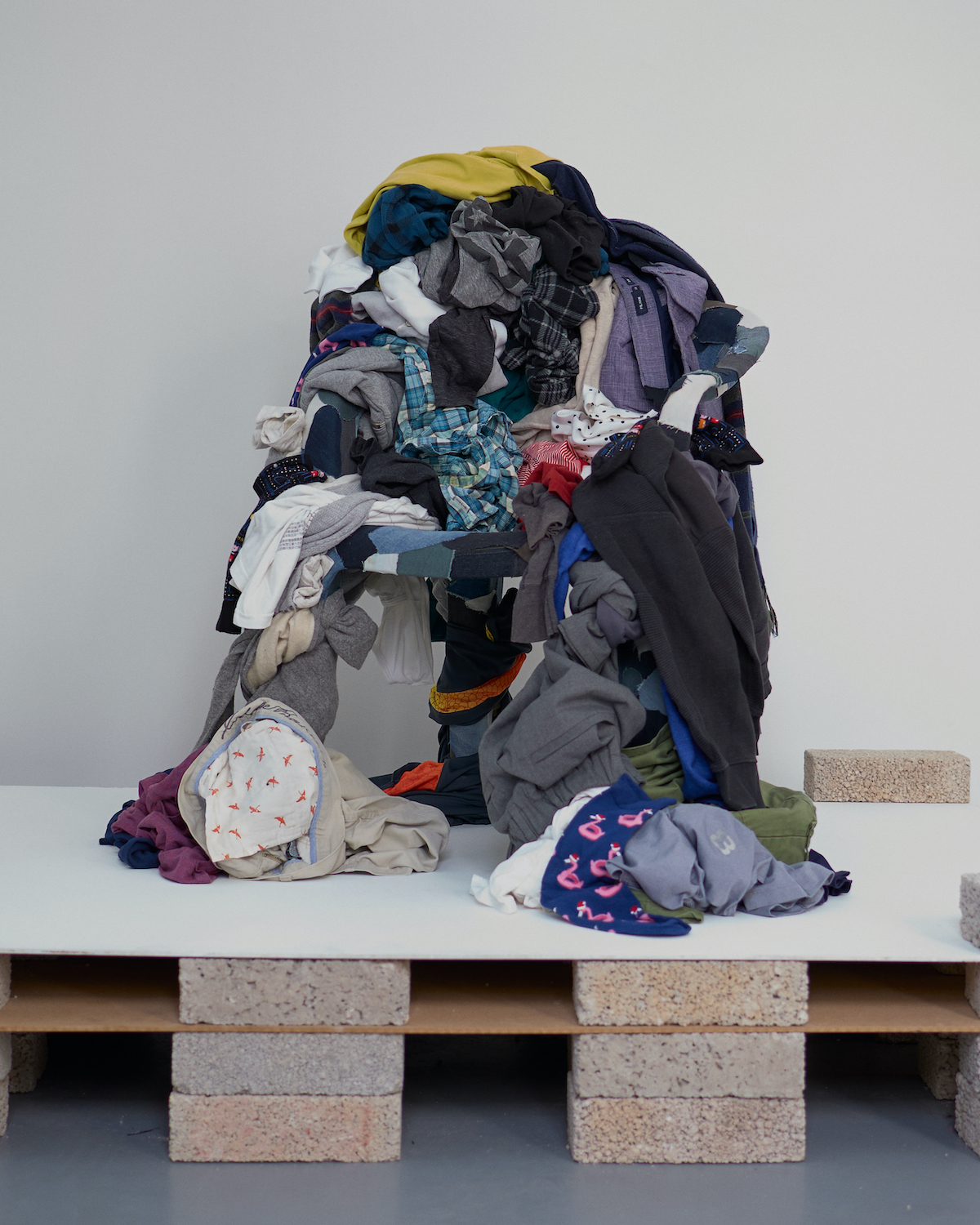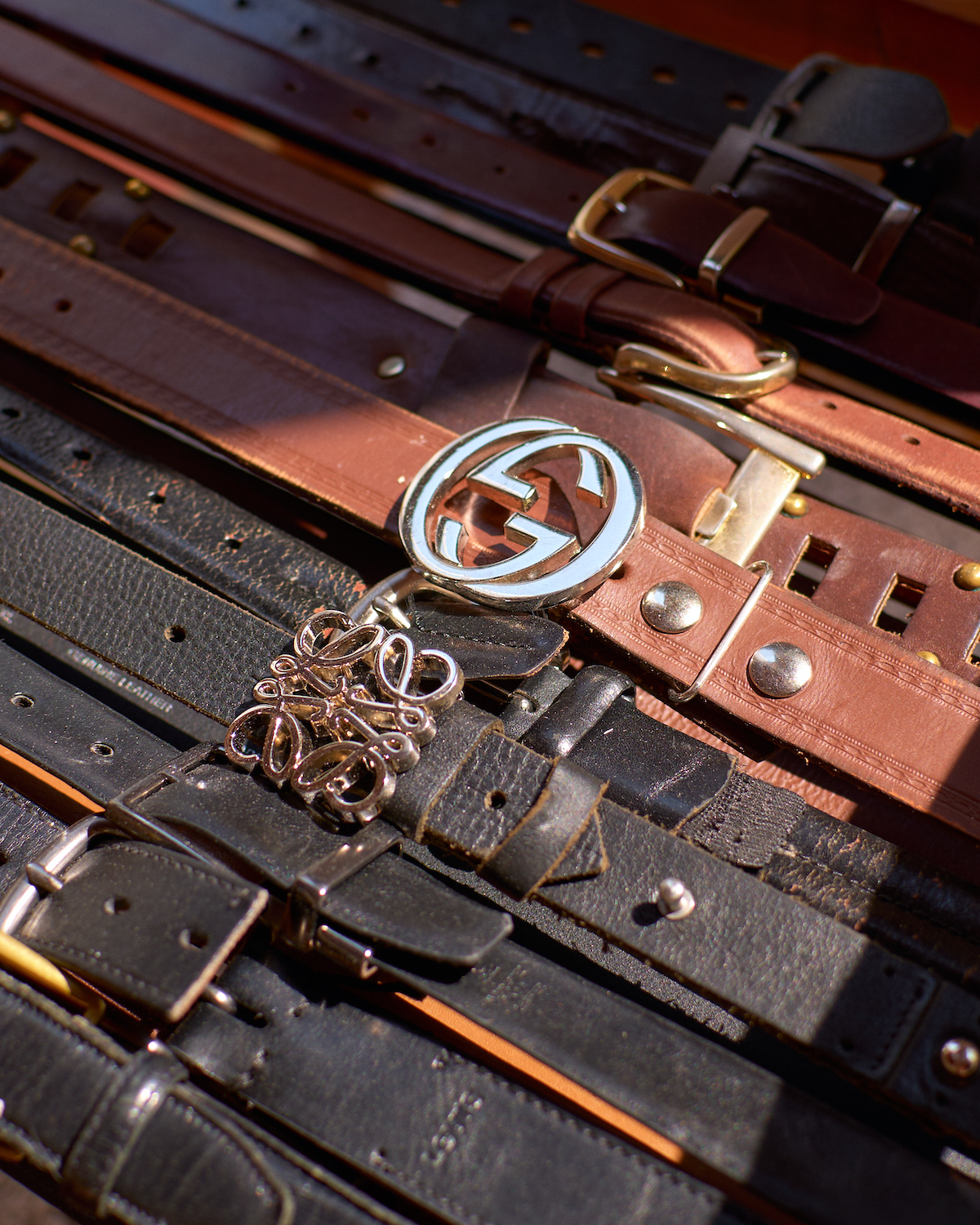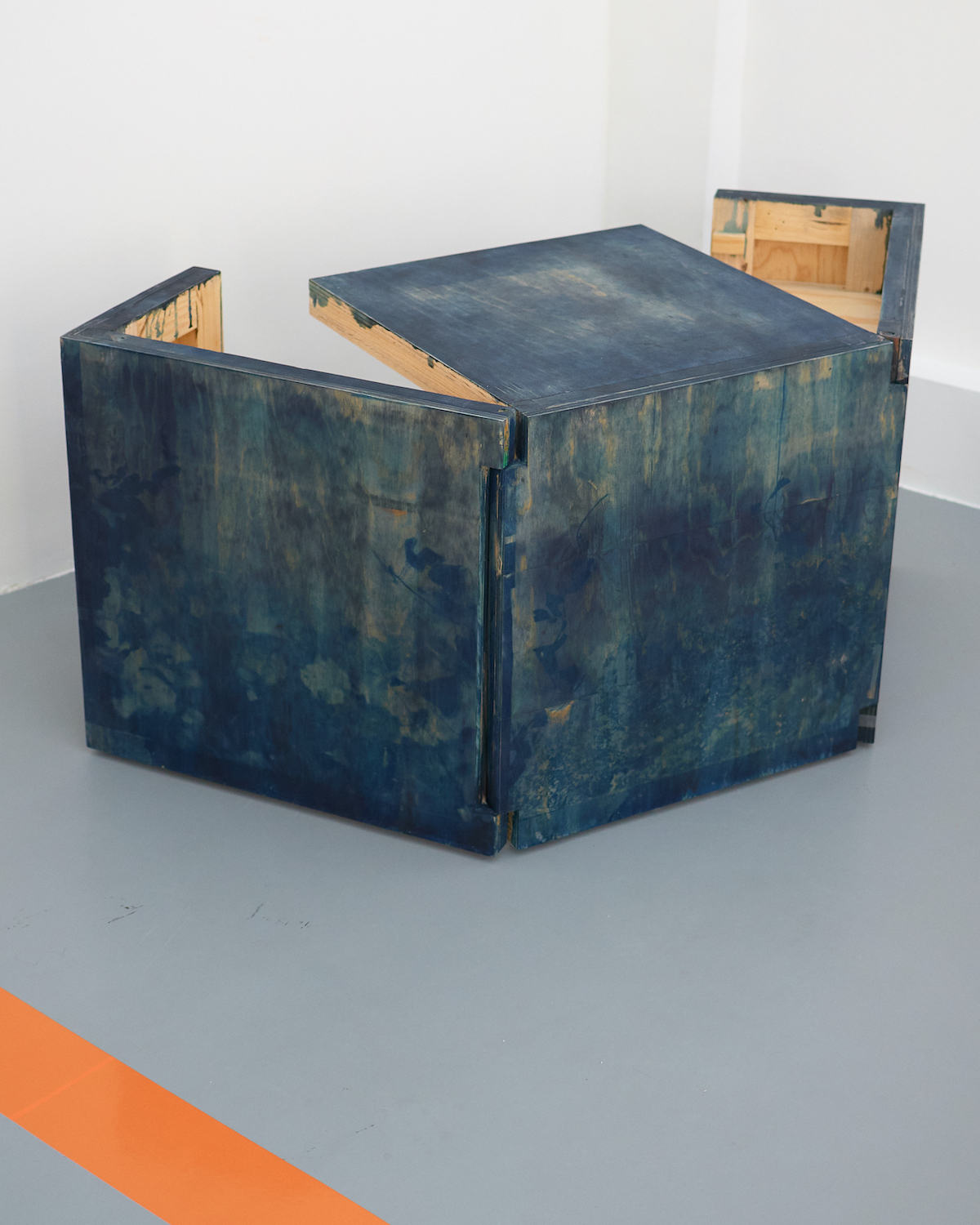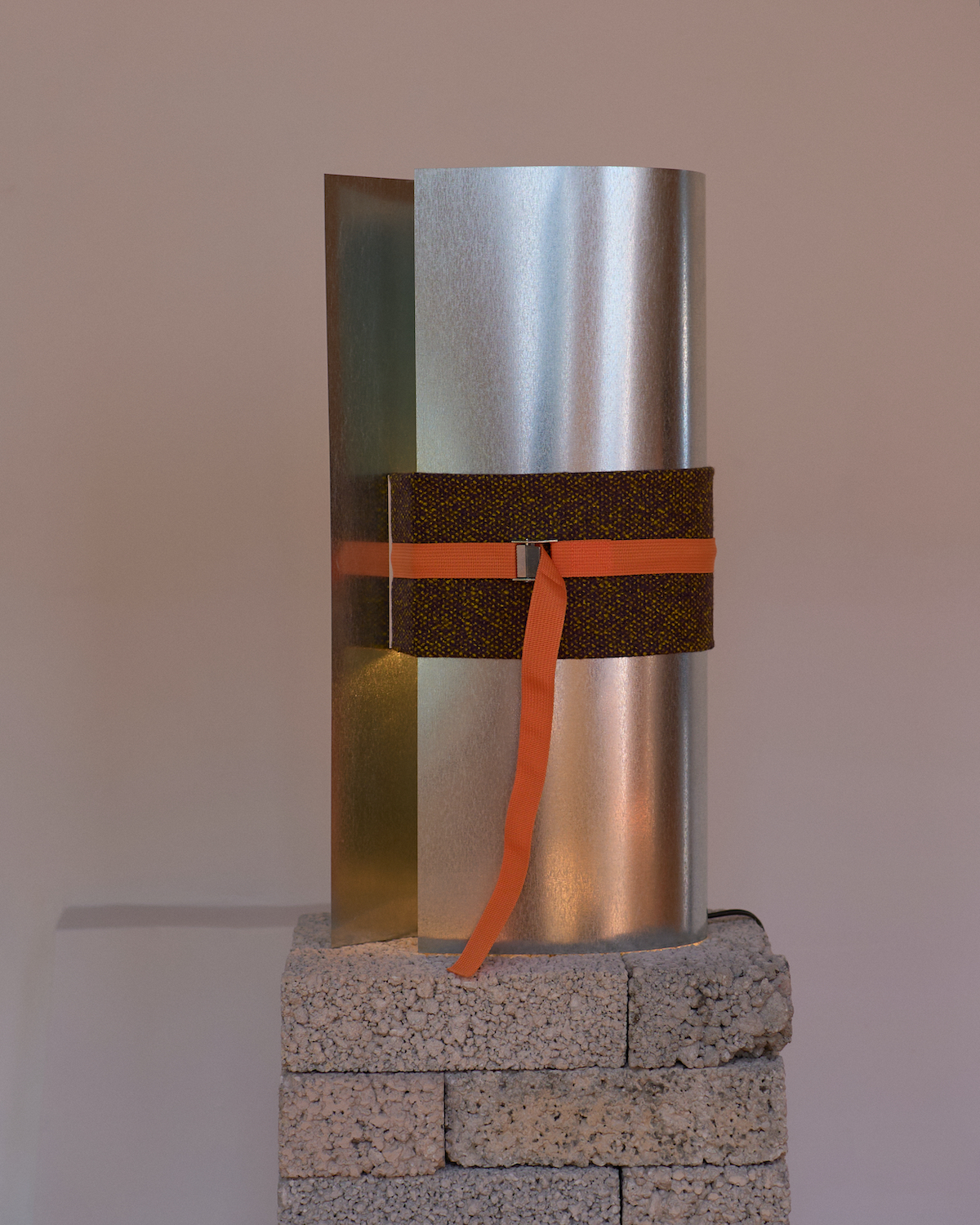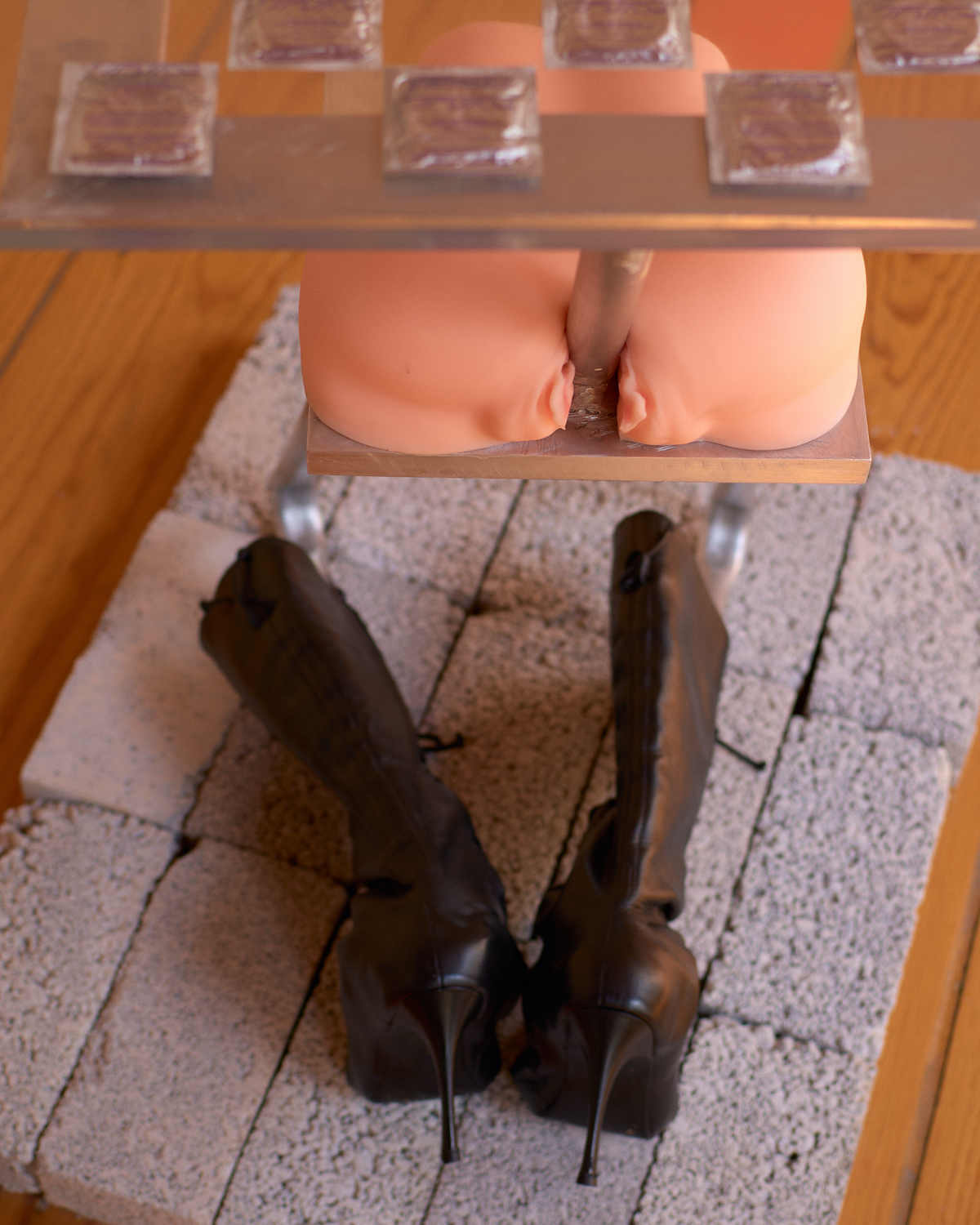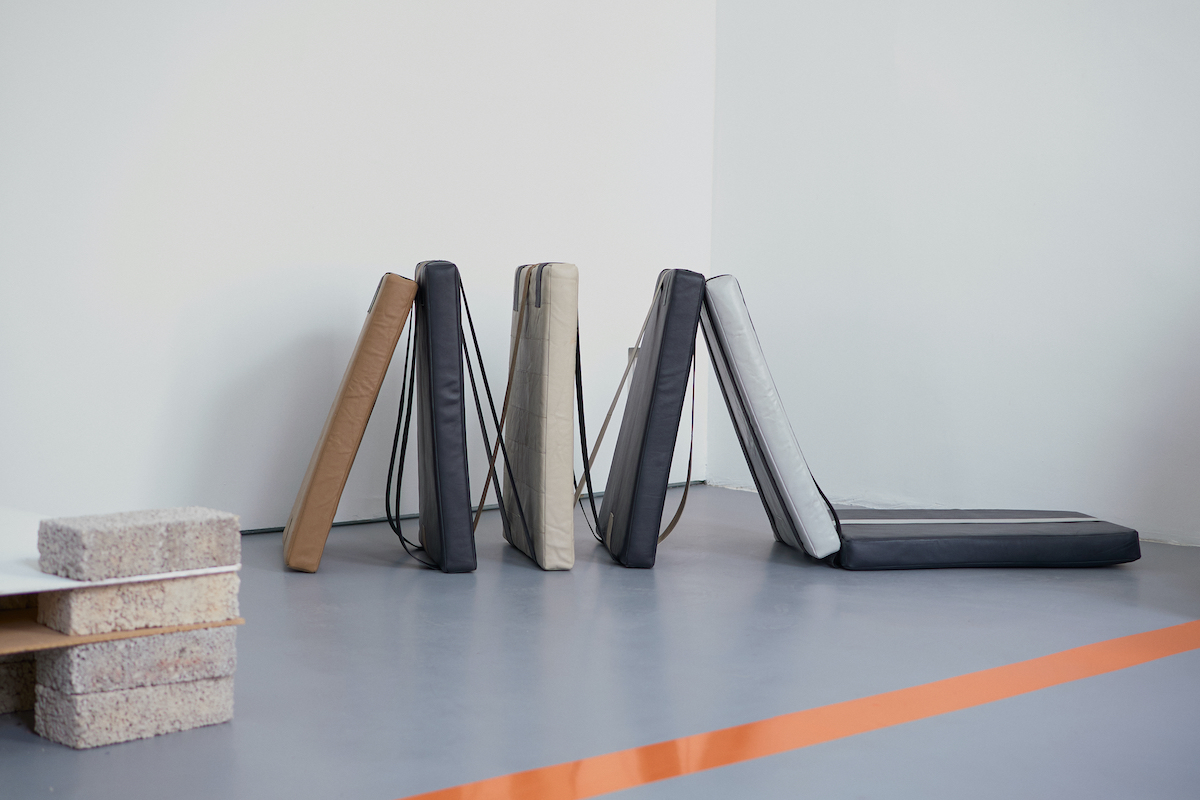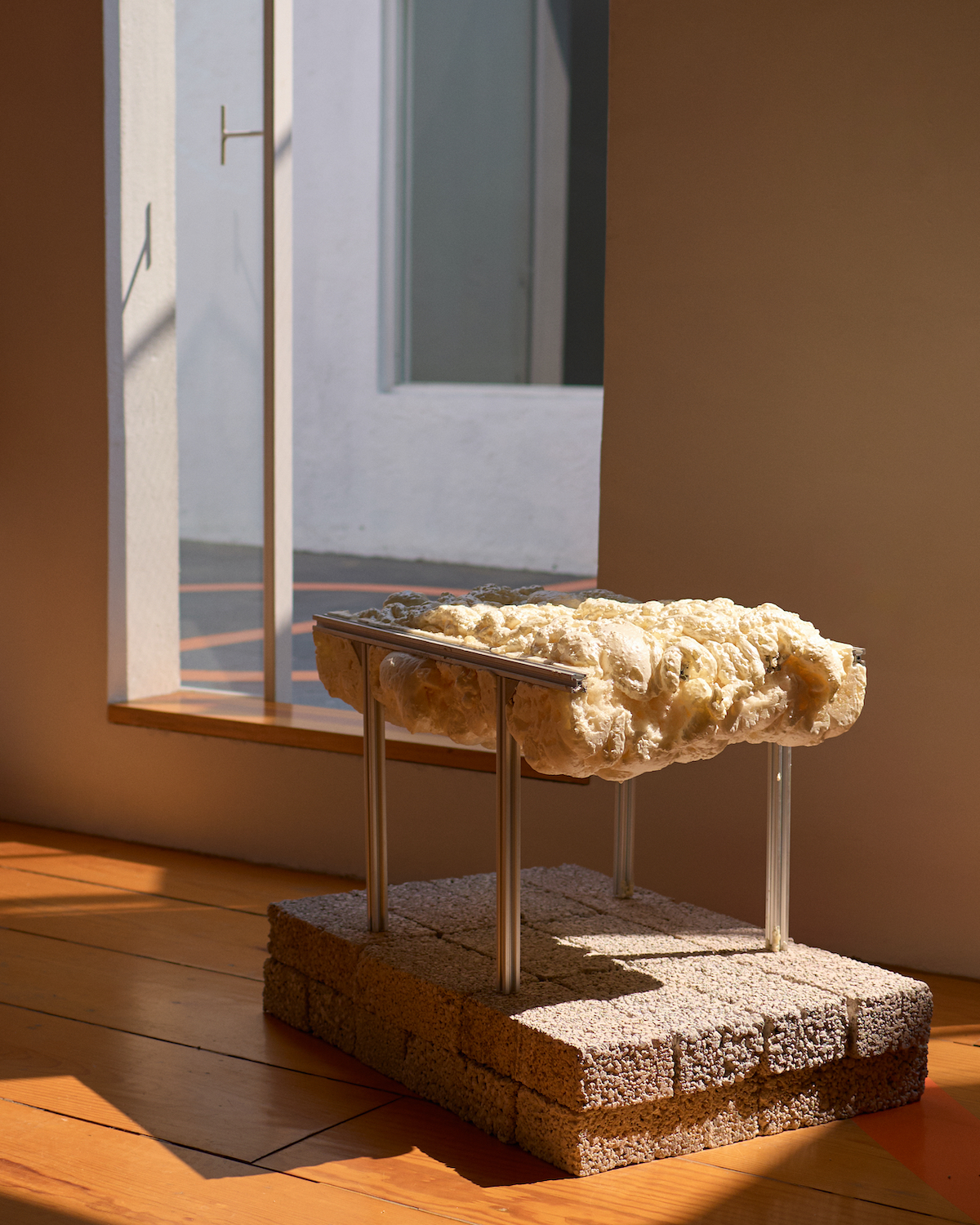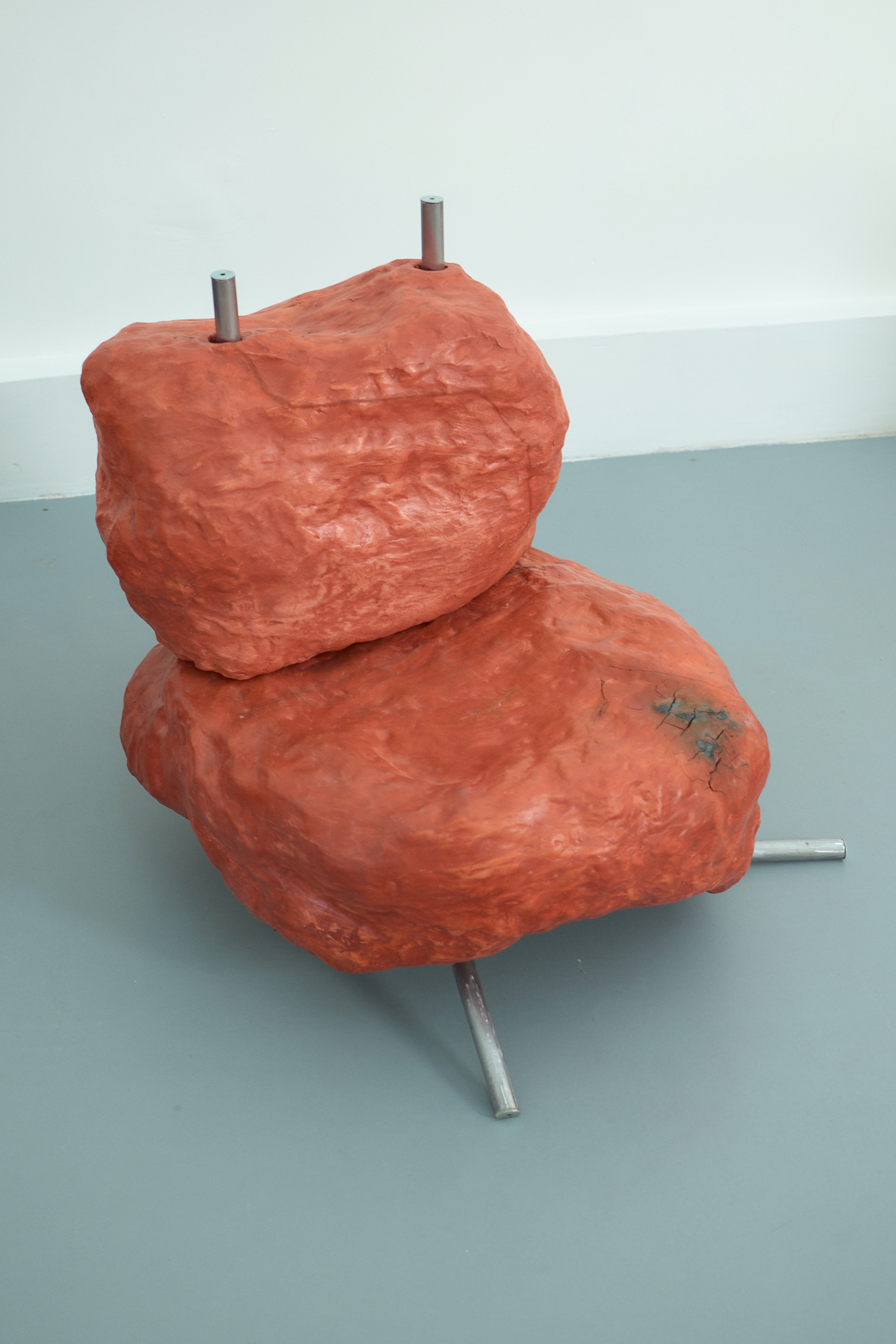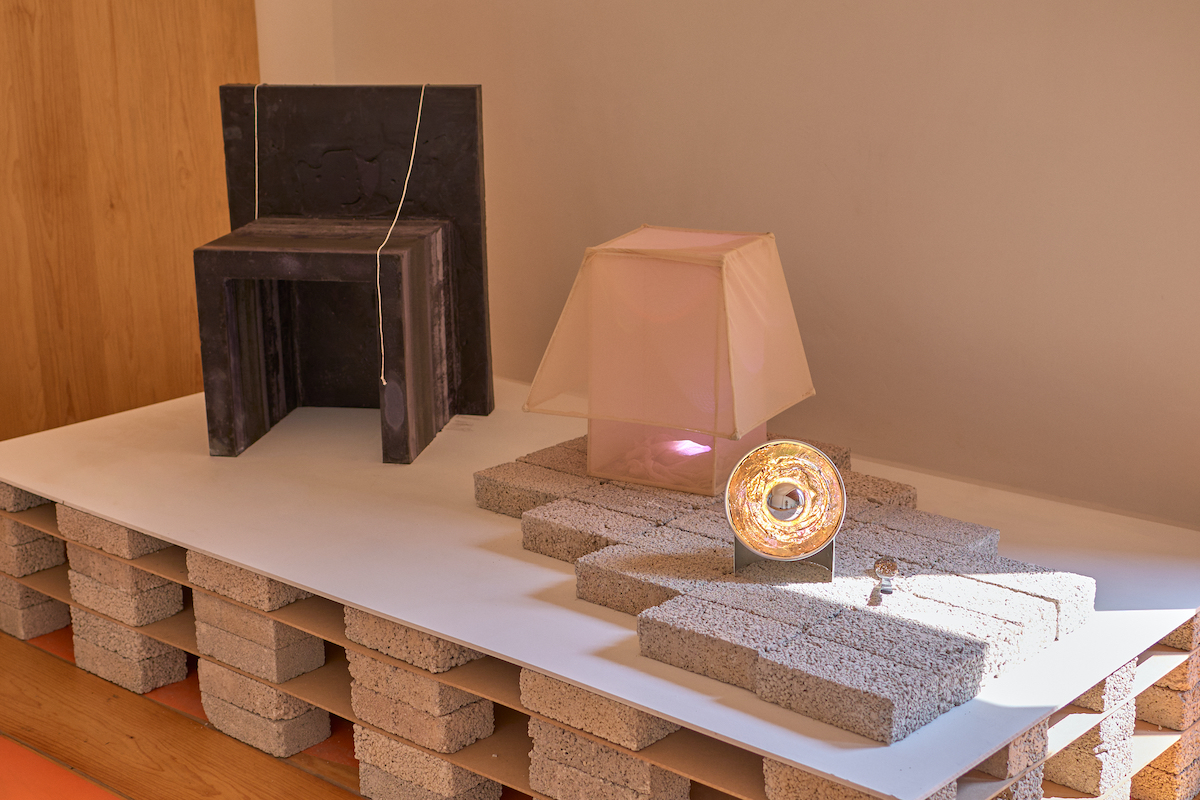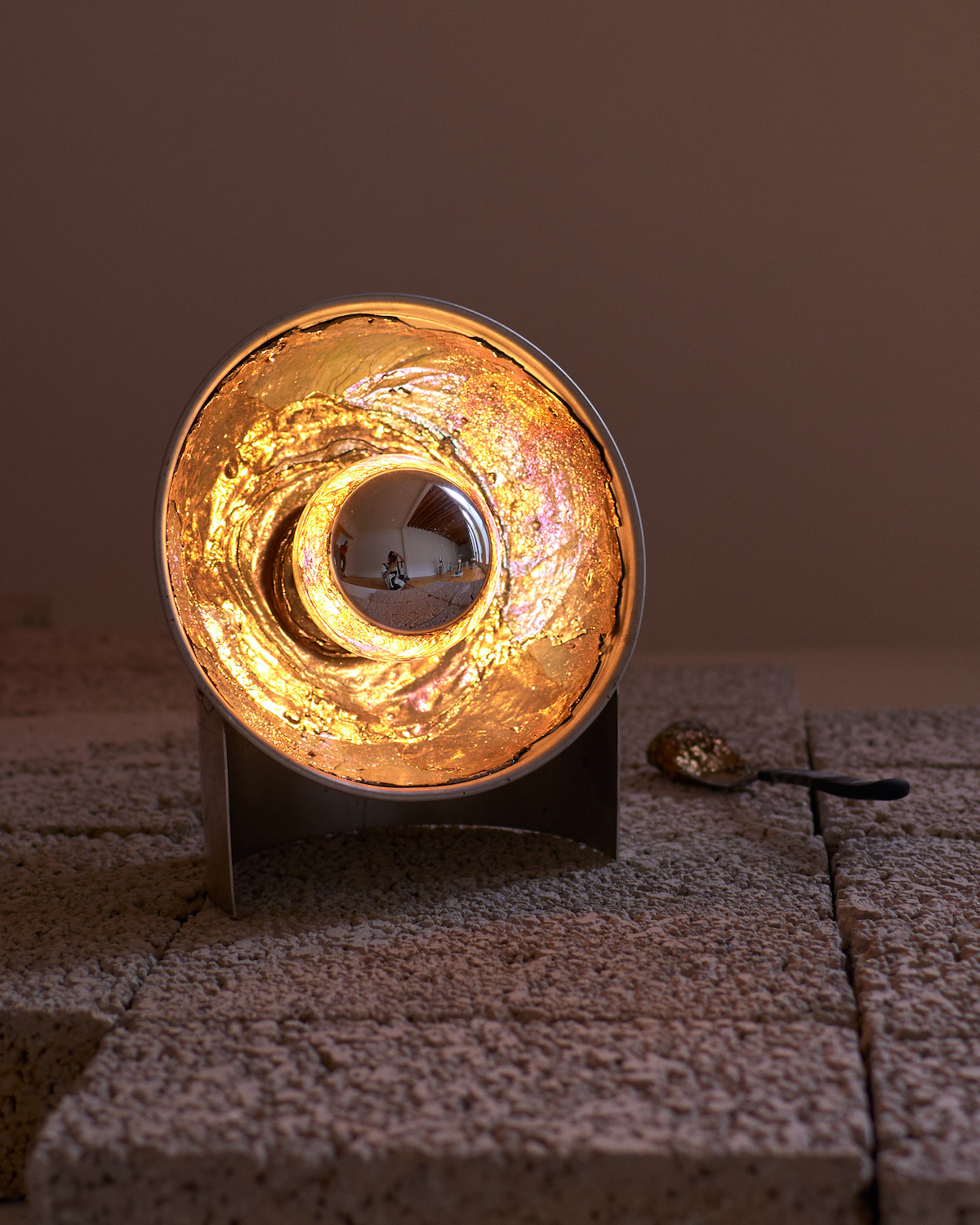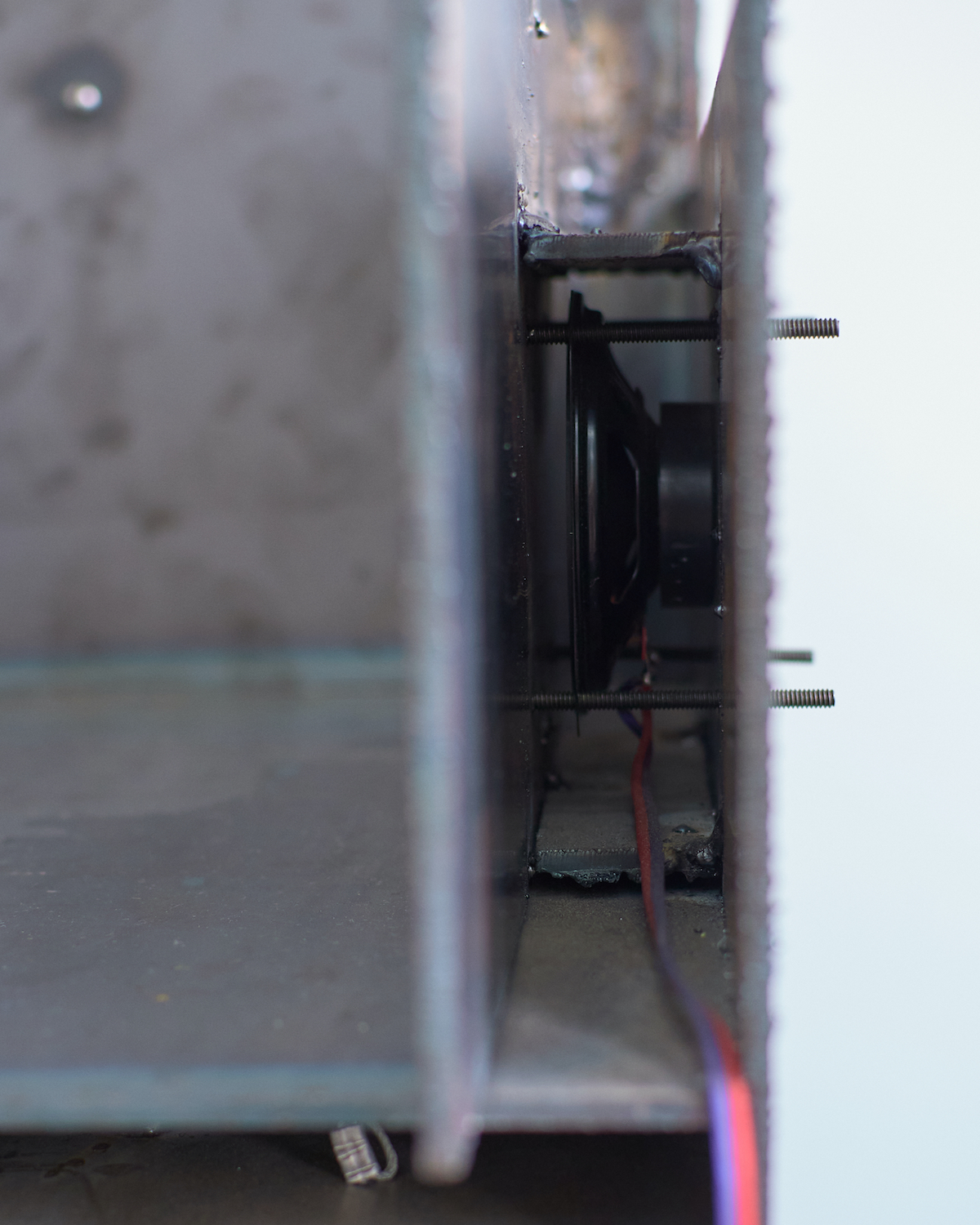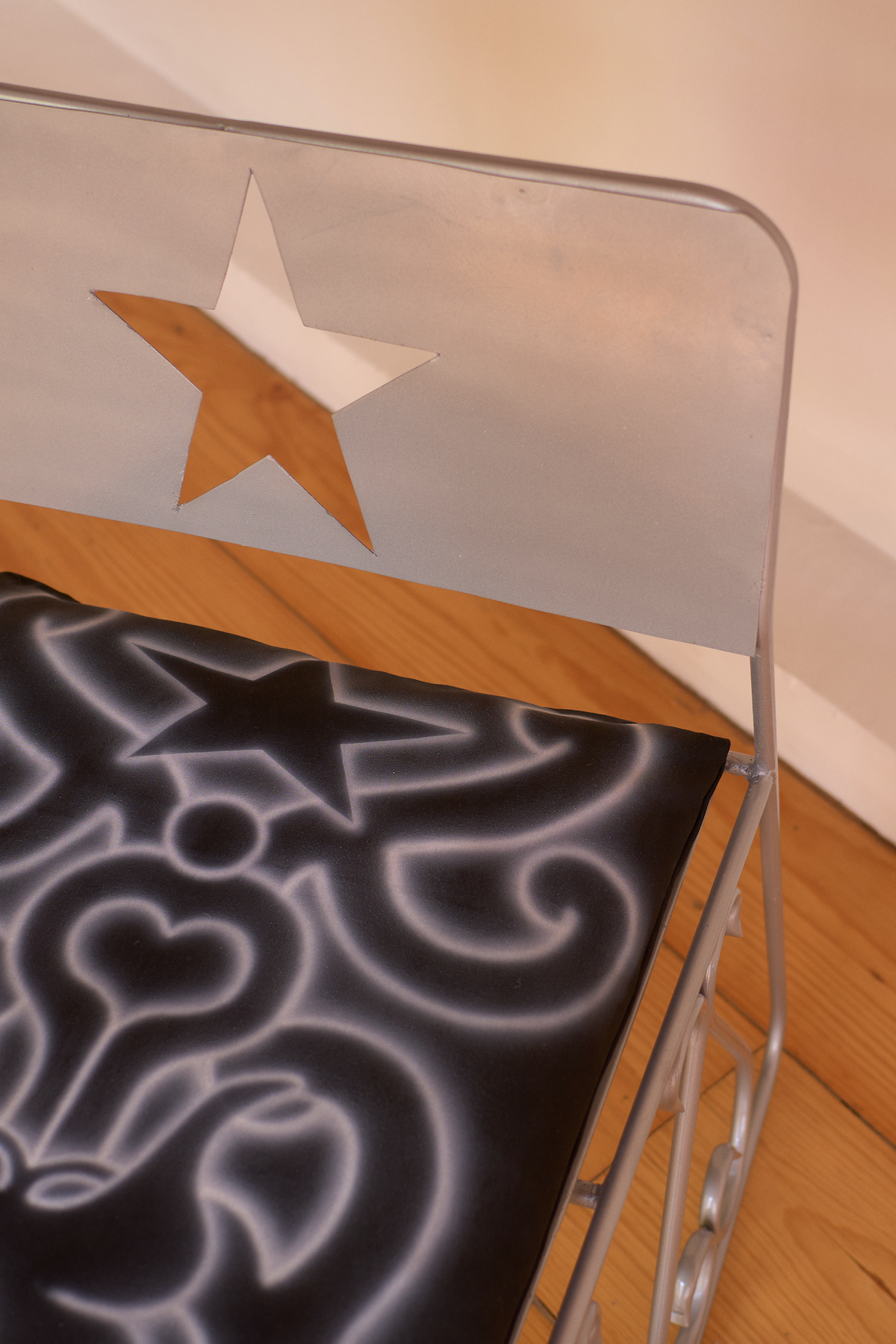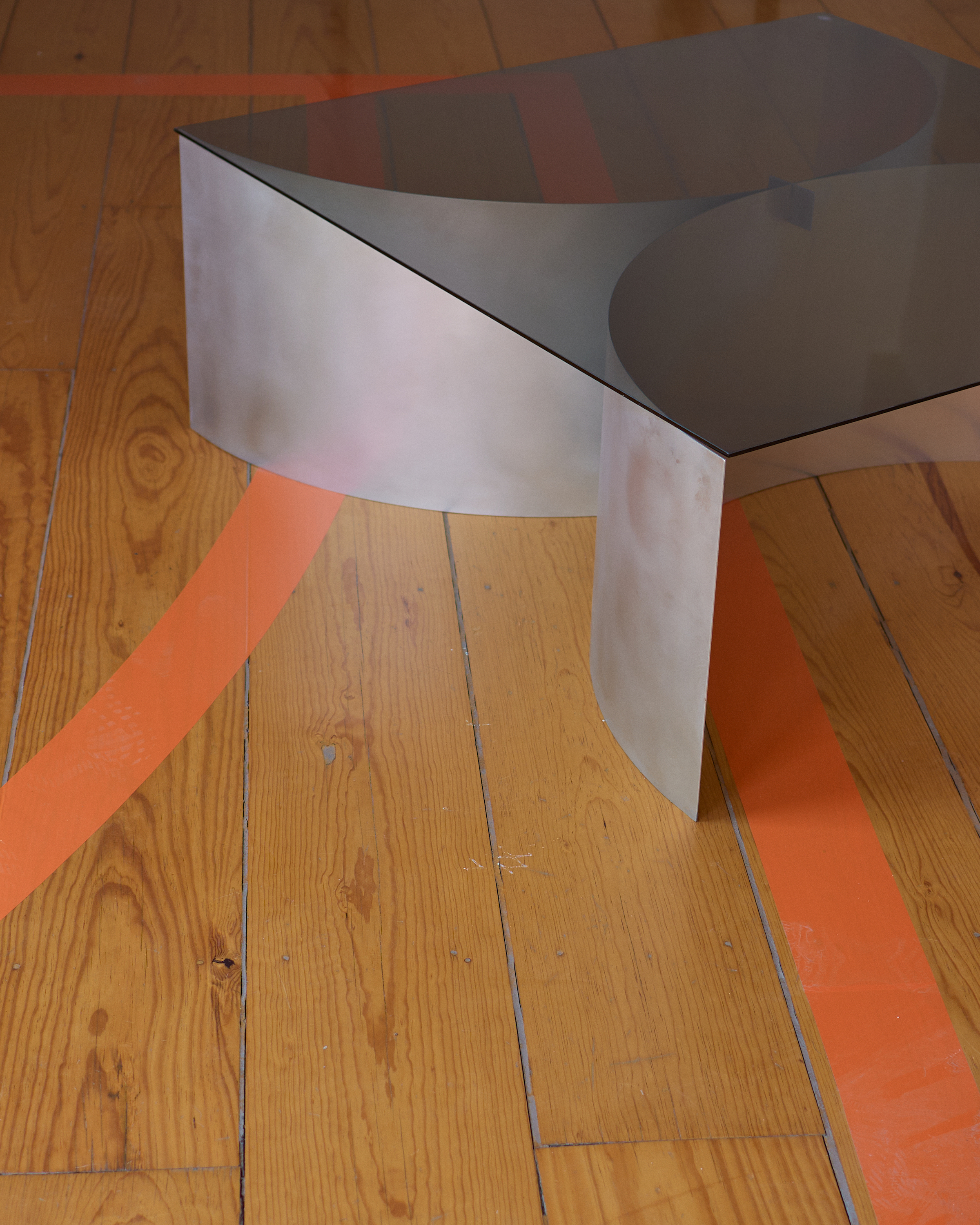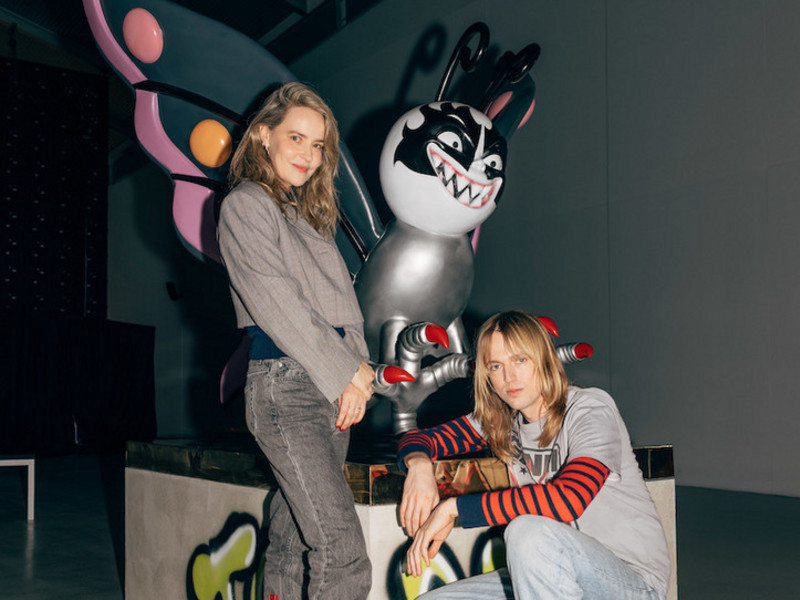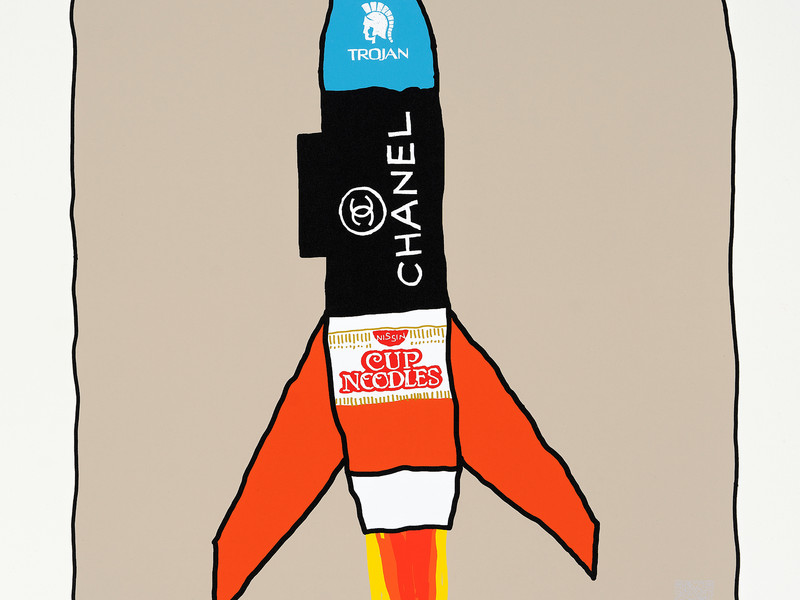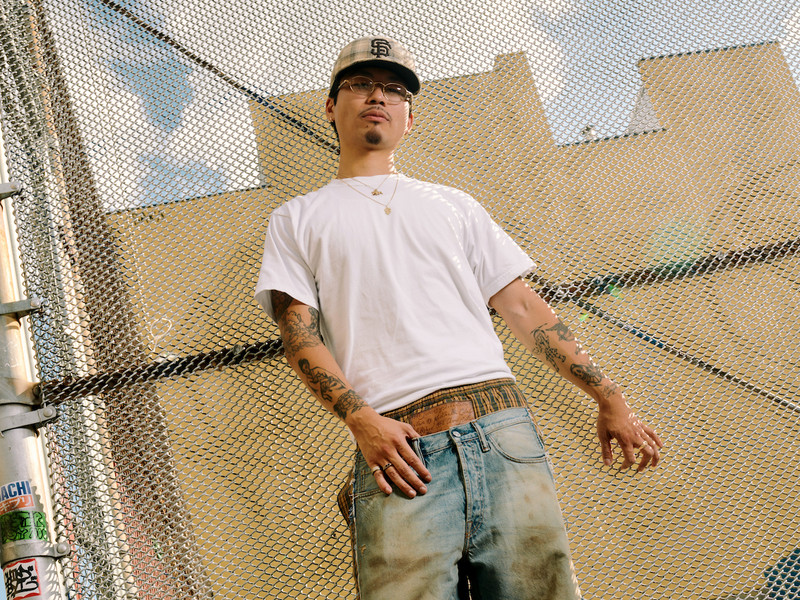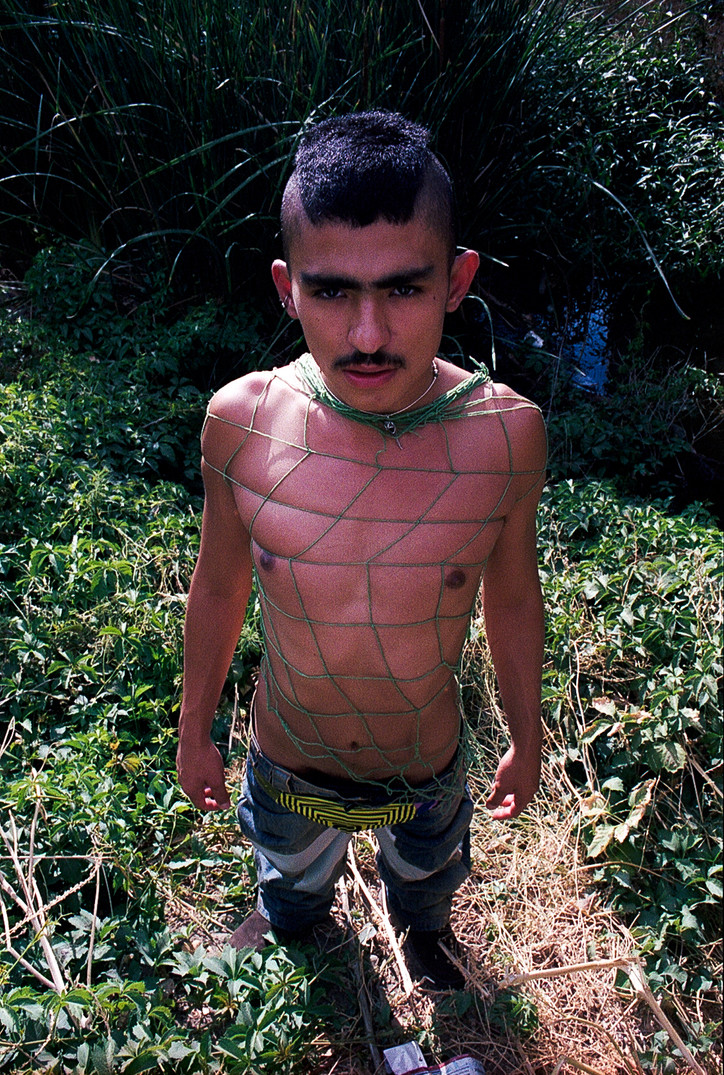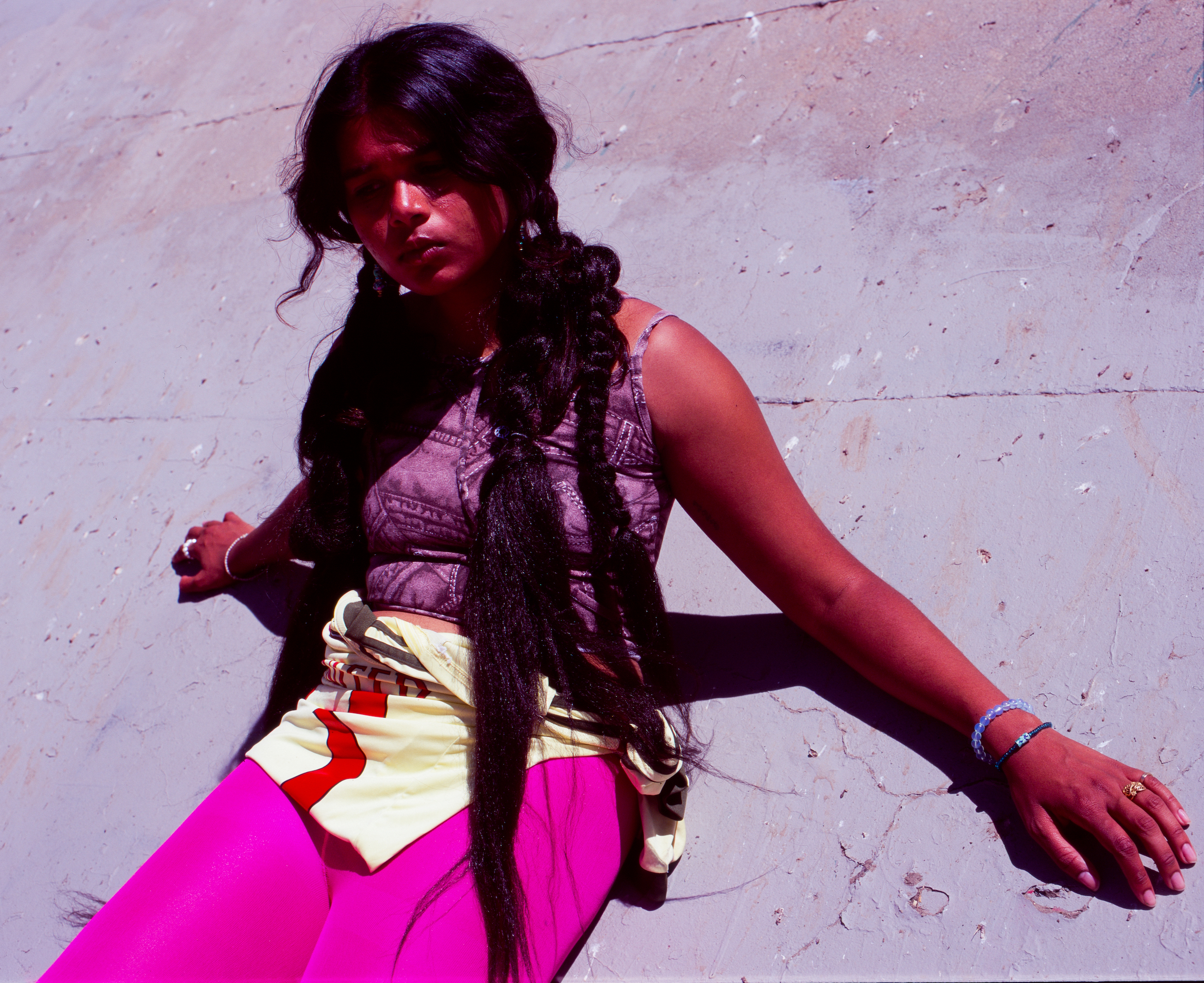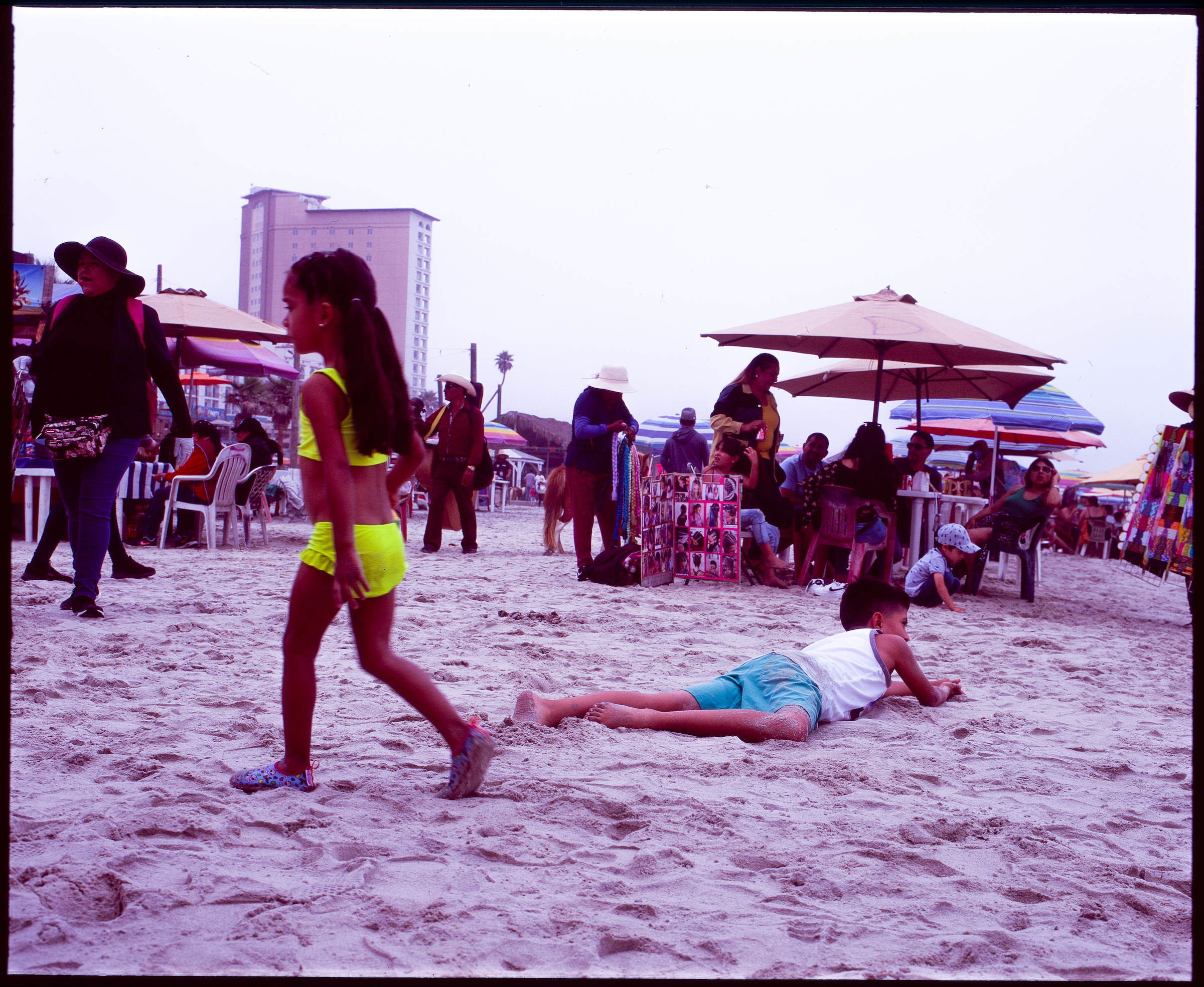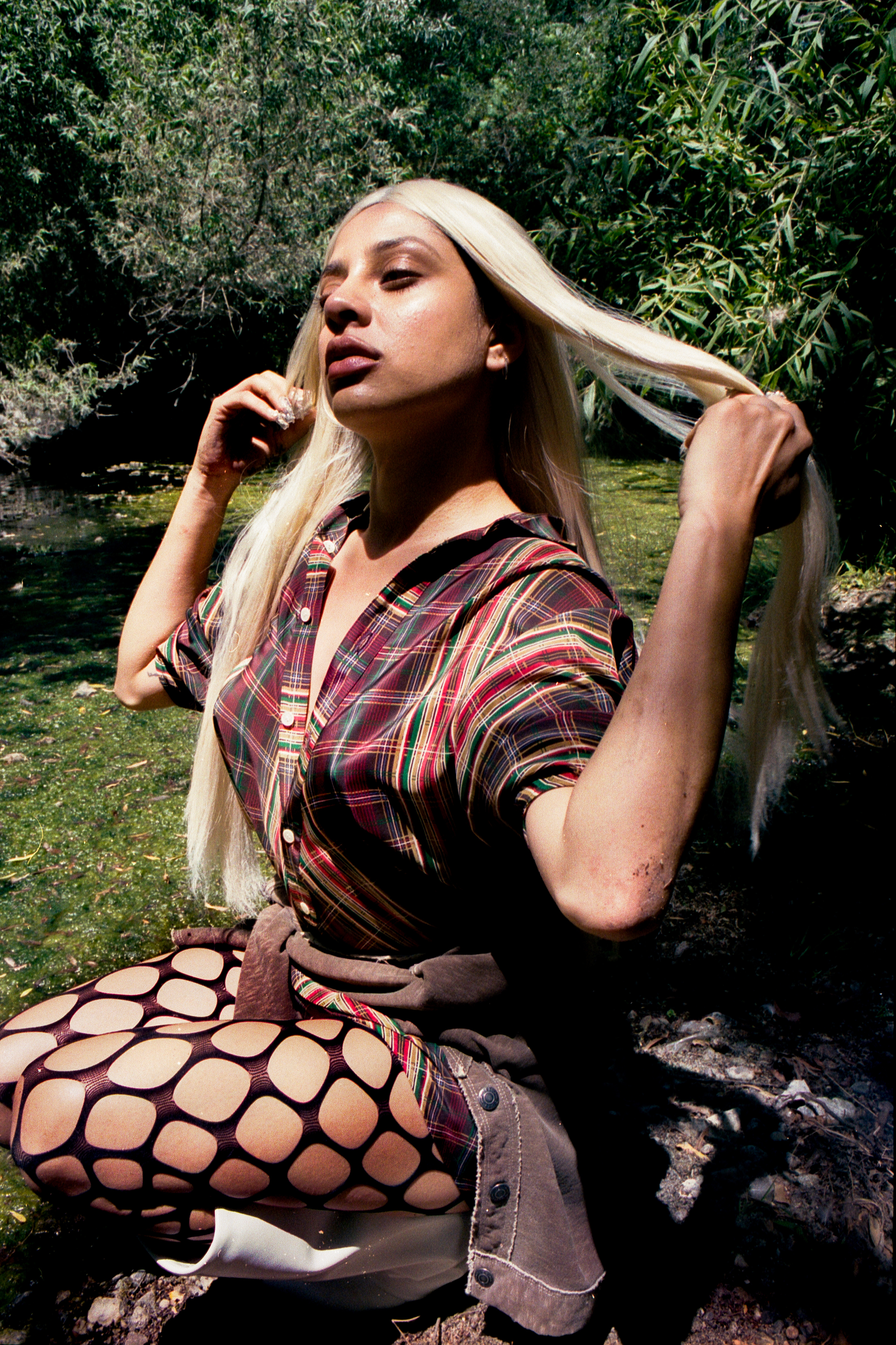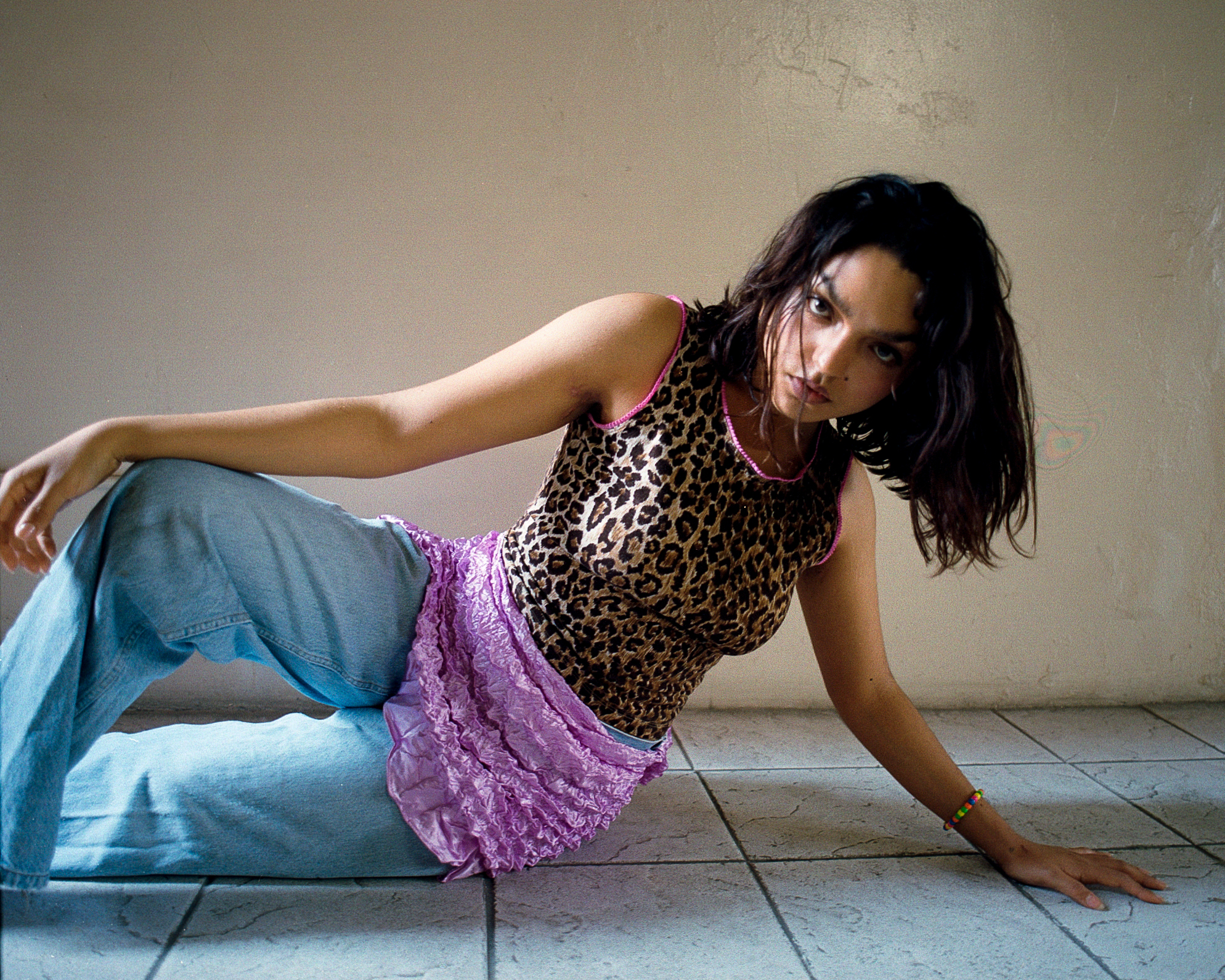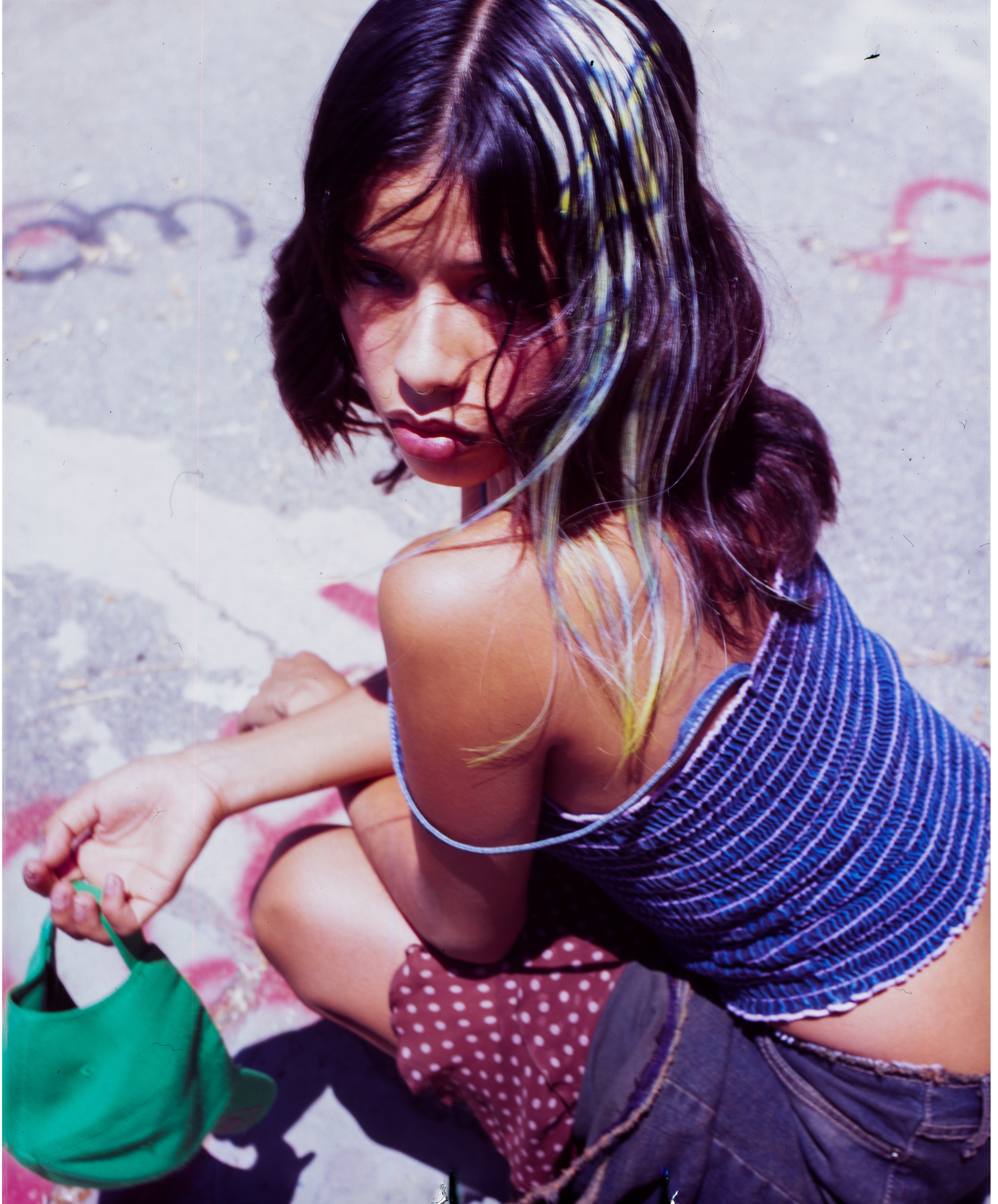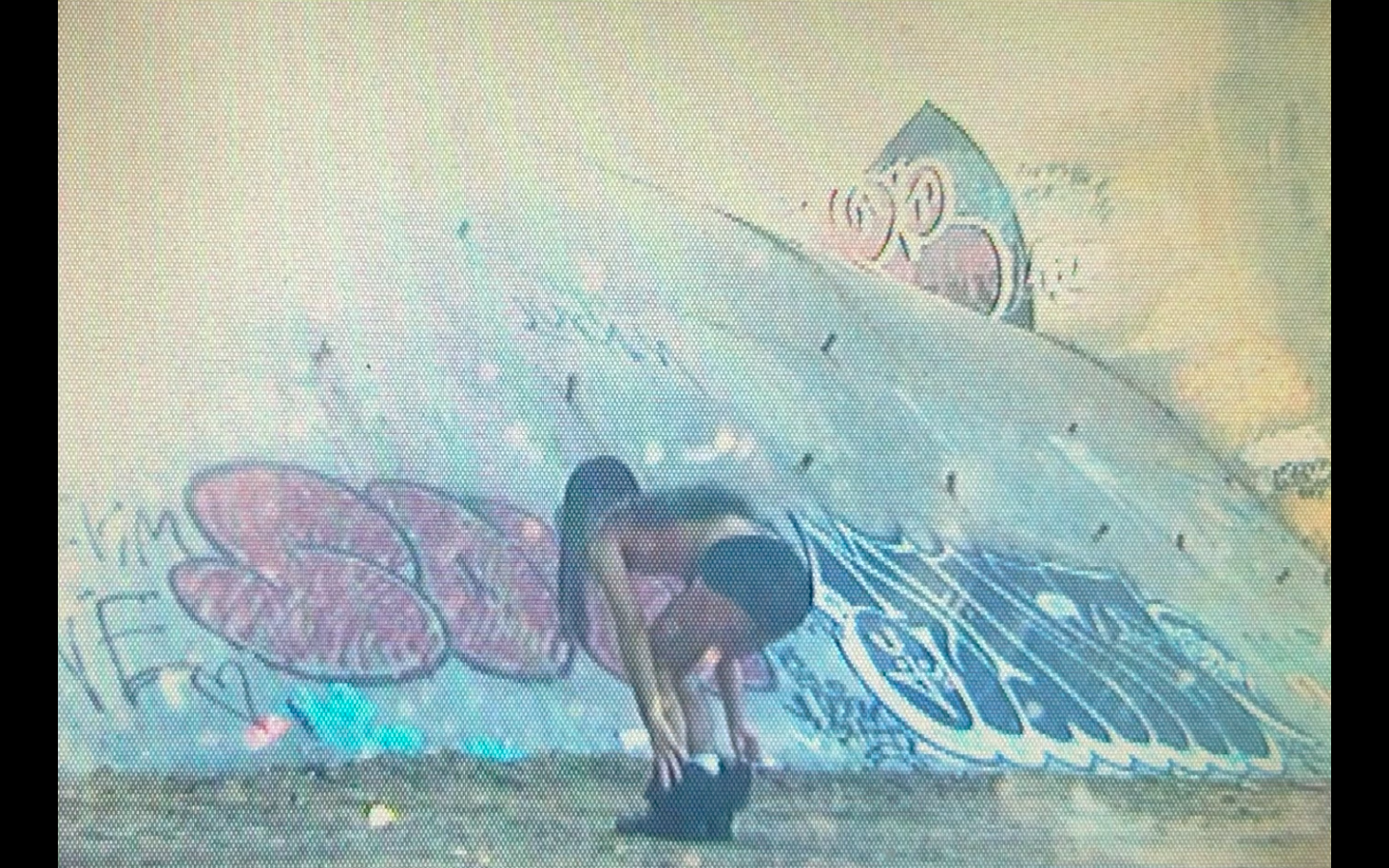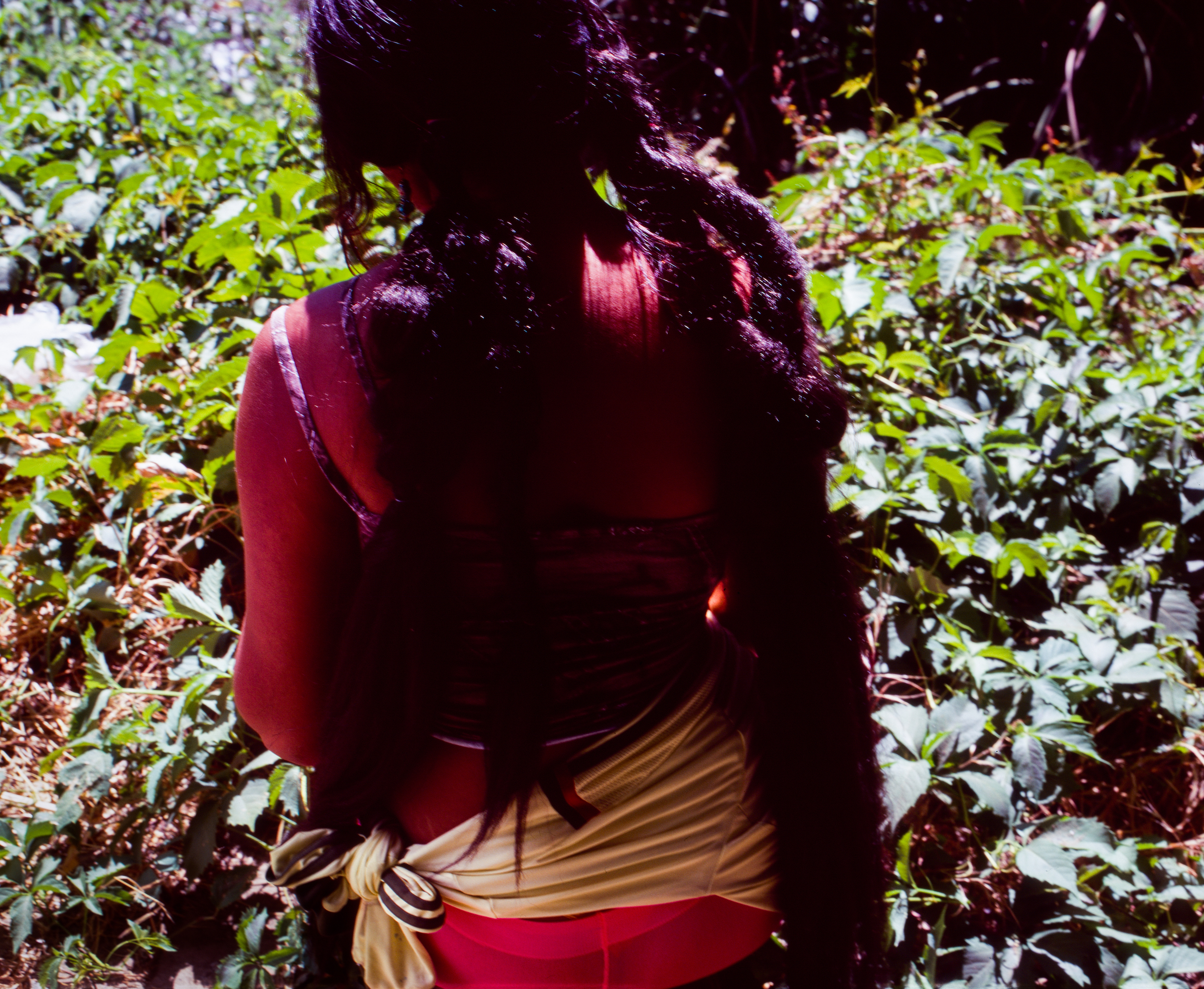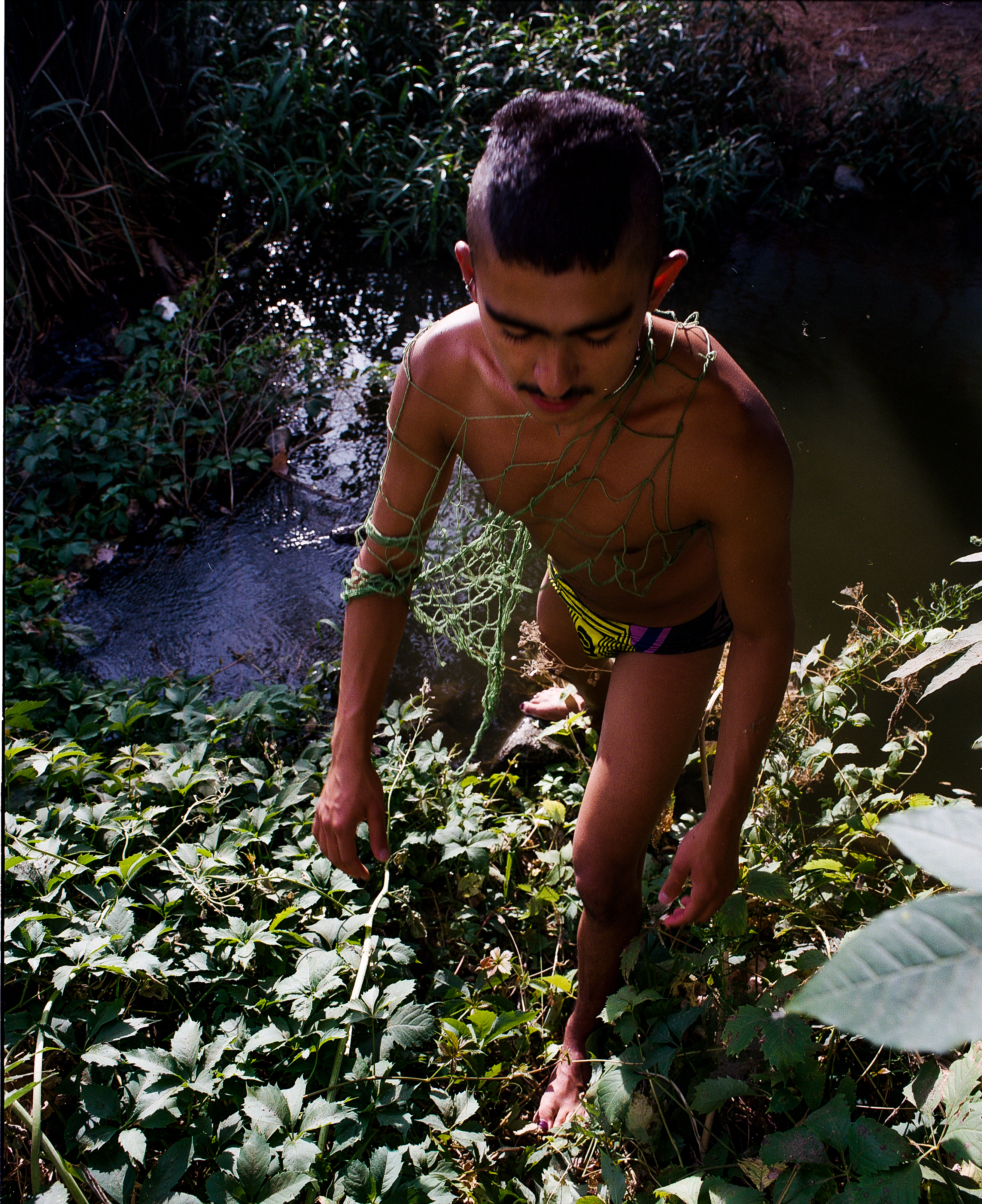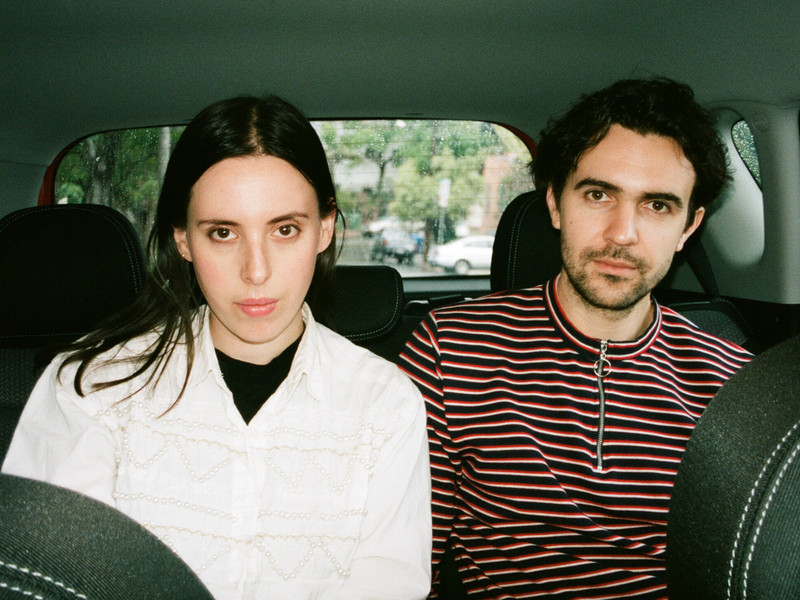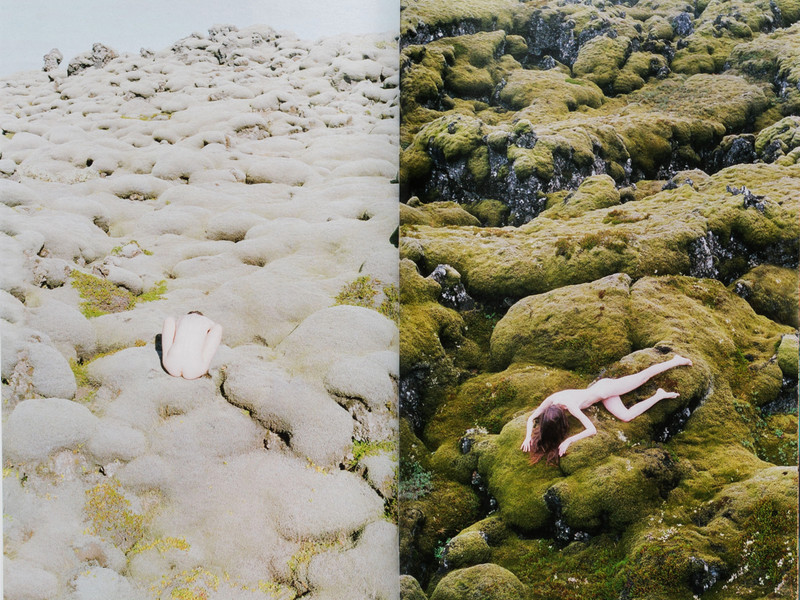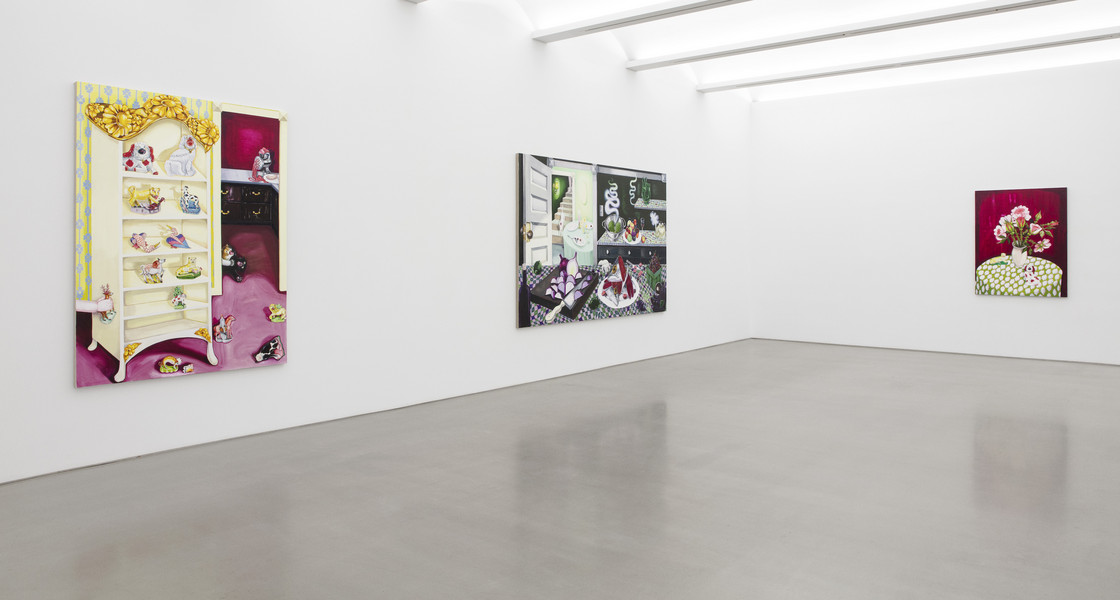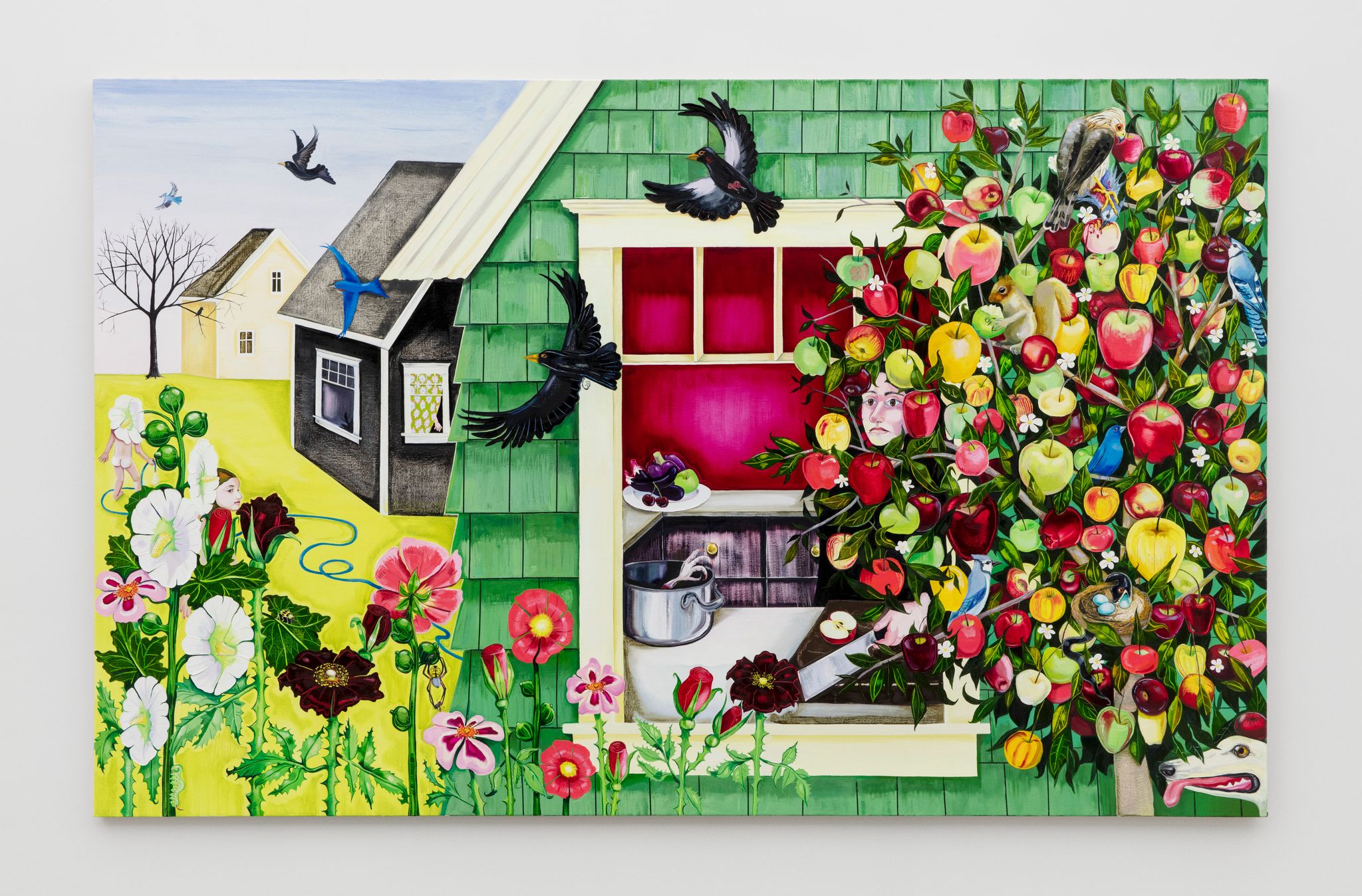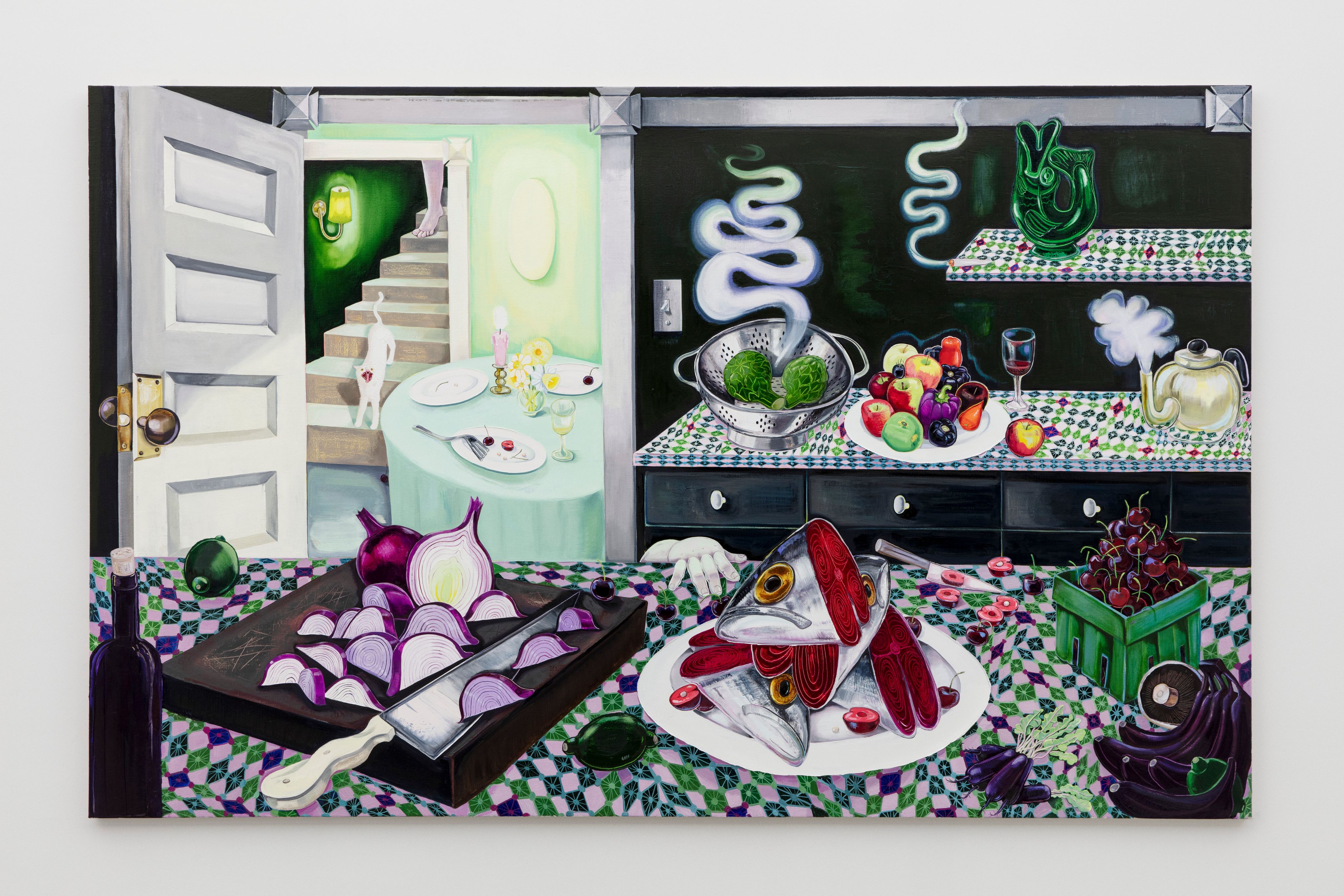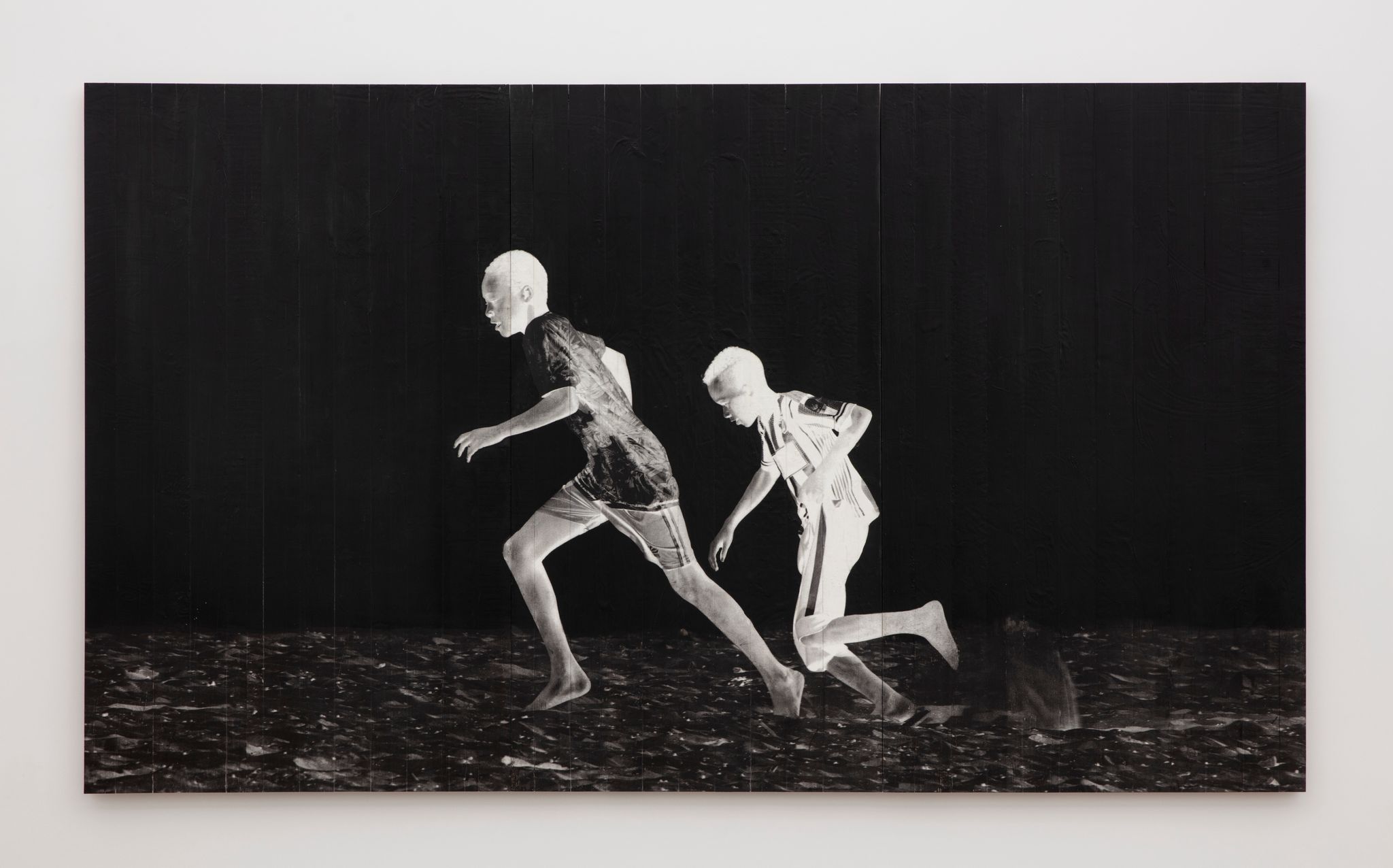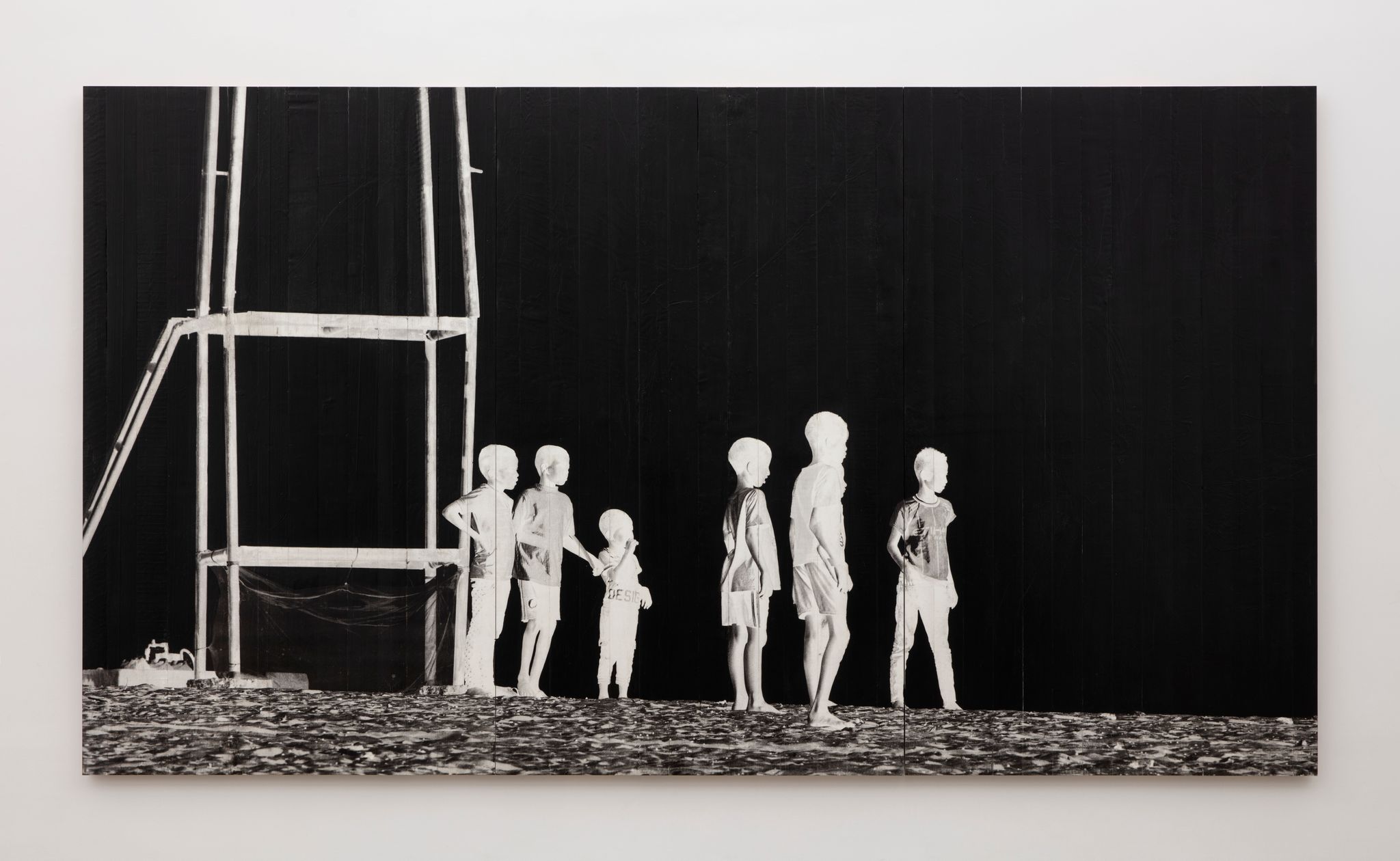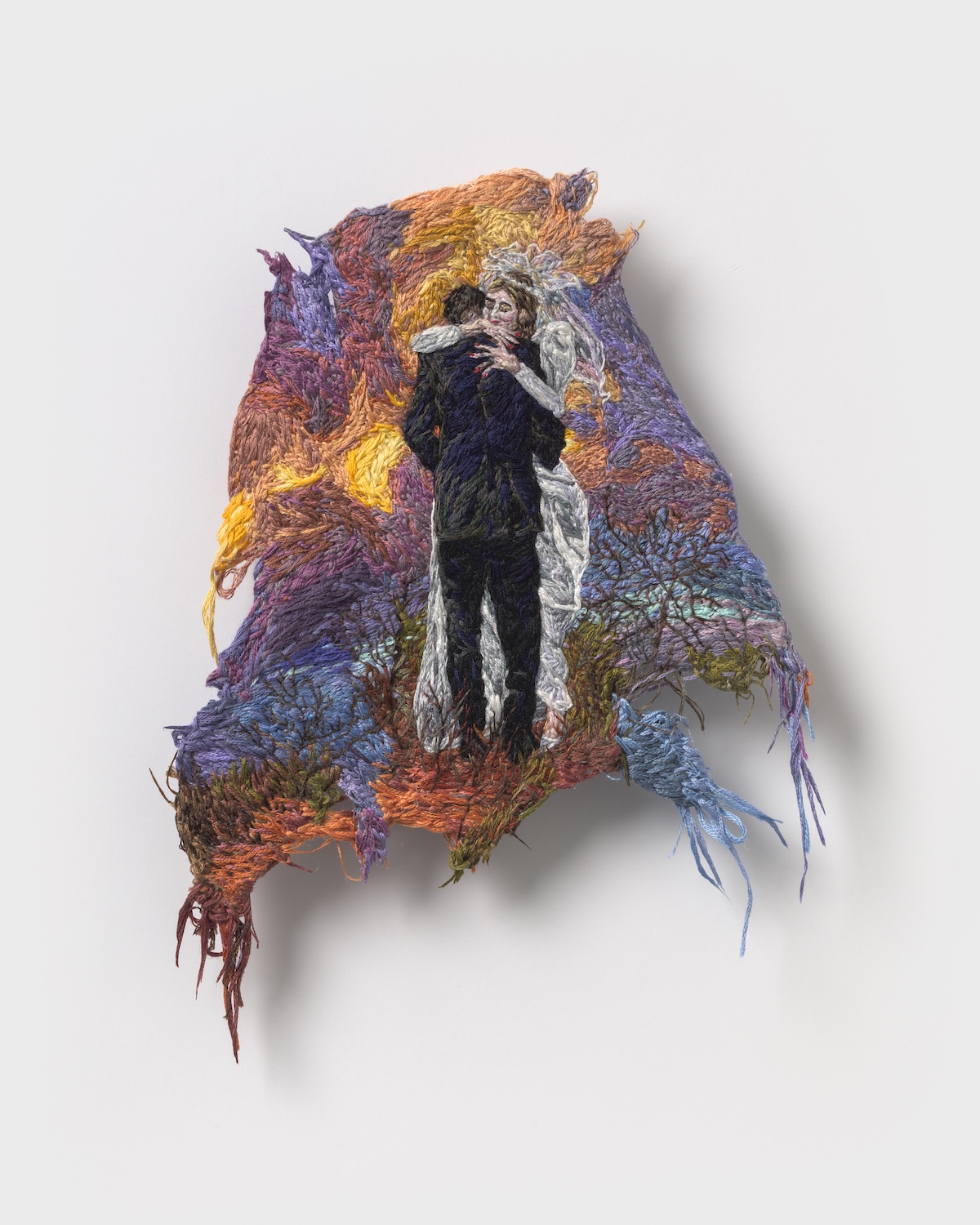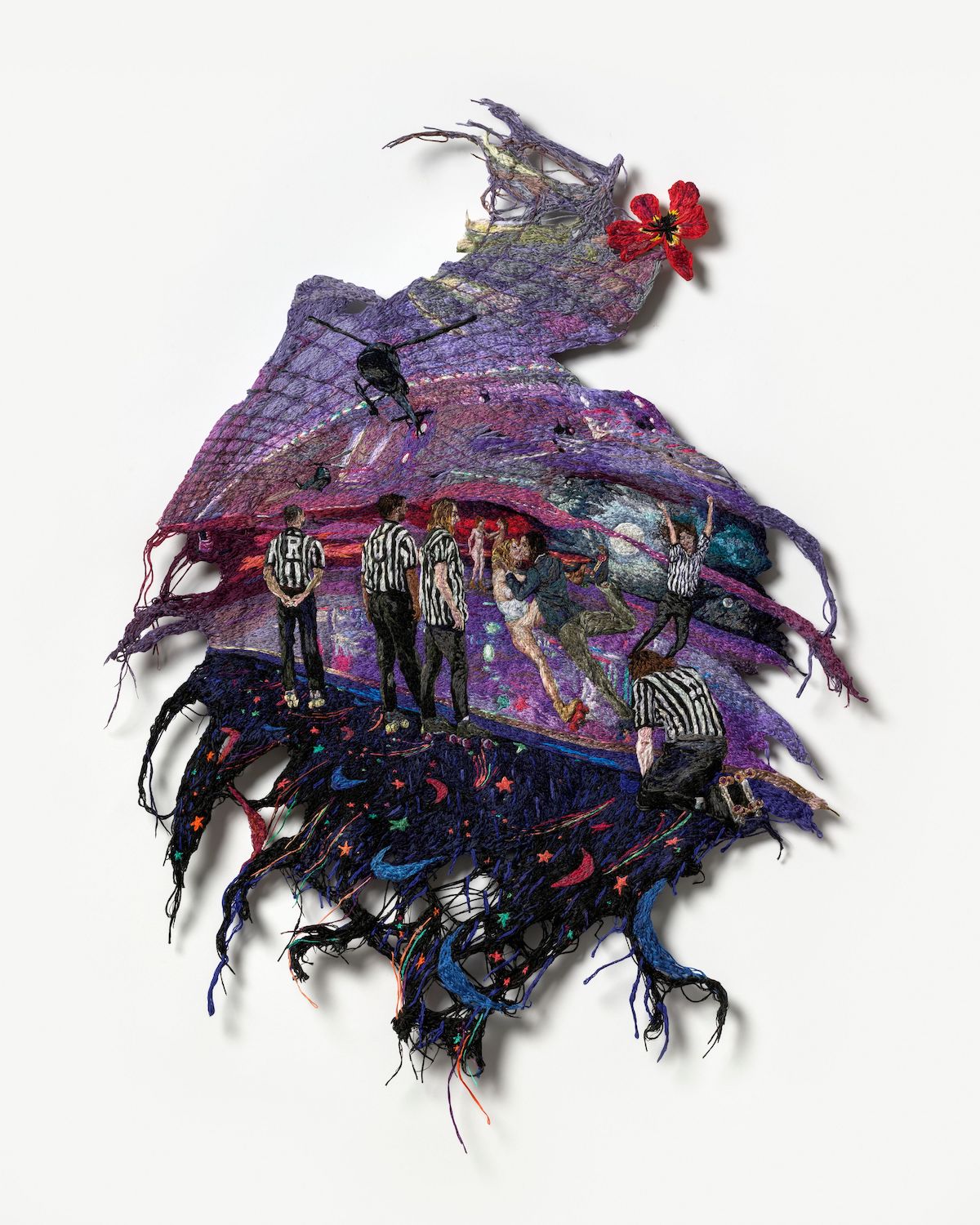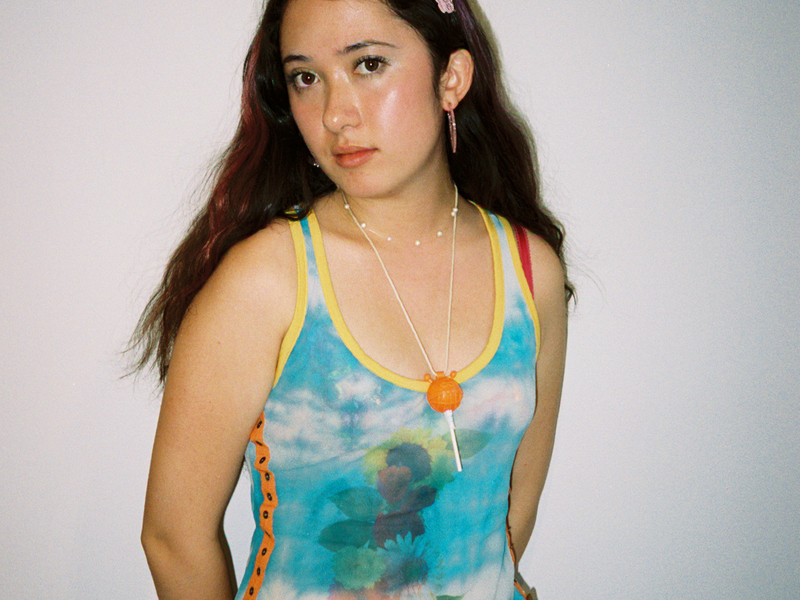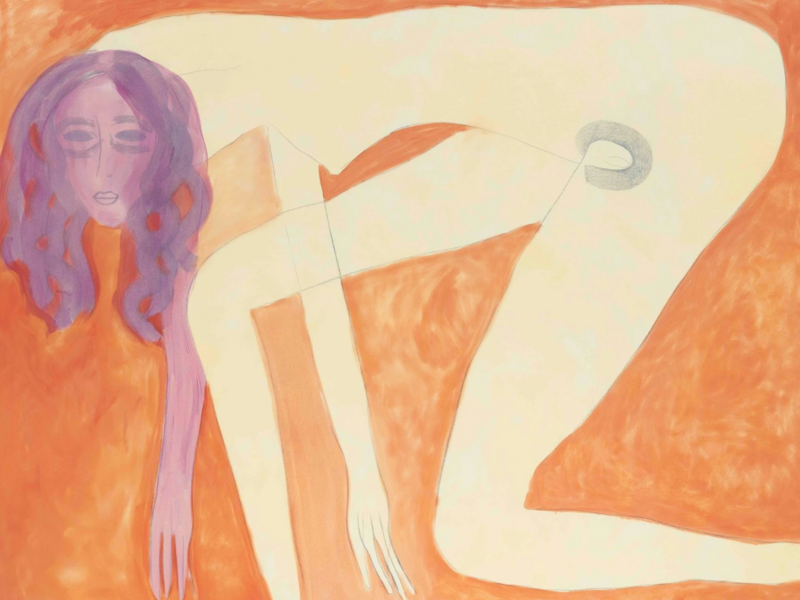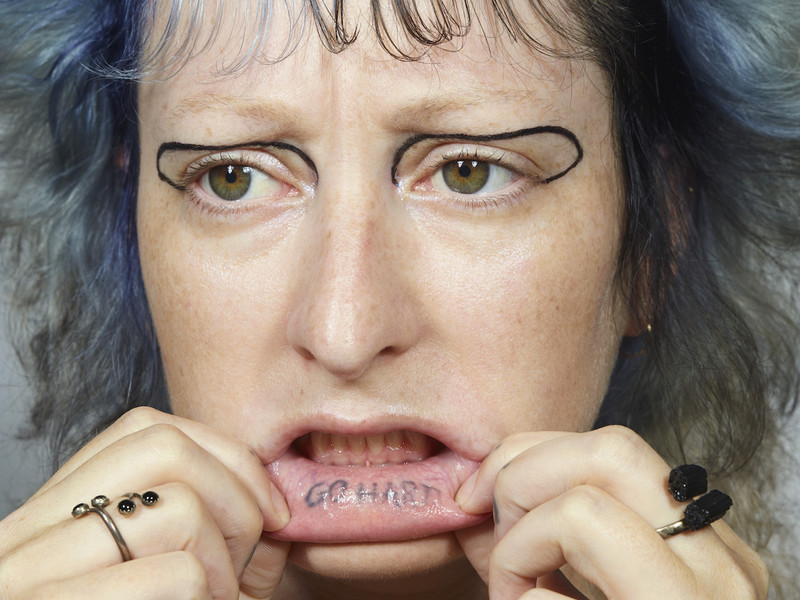Now, Pink Essay is taking its mission global with Educación Física (Physical Education III), held on March 25 at FÁBRICA in Mexico City. The international iteration brings together an eclectic mix of designers, artists, and interdisciplinary creatives, offering a rich snapshot of CDMX’s thriving creative landscape.
Ahead of the opening, David and Matt sat down with Office to reflect on Pink Essay’s journey, the significance of bringing “Physical Education” to an international audience, and what’s on the horizon for the duo this year.
First of all, it’s major that you’re curating your third "Physical Education" show. Are you both excited?
David Eardley— Yes! It’s amazing seeing how the exhibitions and “Physical Education” concept has developed and evolved since the first show that Matt directed back in 2021.
Now we’re a bit more geographically separated. With Matt in New York full-time and me in both CDMX and New York frequently, we’ve been able to expand our physical reach. Matt has been coming up with some great ideas that speak to the New York community, while I’ve been focusing more on our international relationships and communities.
How did the “Phys Ed” concept even come to be? What was your vision for it?
DE— We defined Pink Essay as “a creative studio and platform celebrating radical design subculture.” Education has always been a big part of our exploration of design, as we both come from autodidactic backgrounds. I used to teach design thinking at an elementary school in Brooklyn and, even though I don’t teach full-time anymore, it’s still important to me that we built spaces for learning that foster a passion for design.
Matt Pecina— So much of what we do, I feel, is turning these pre-existing worlds on their head, flipping the script, taking something solid and seeing it from a different point of view. Phys Ed. came about very much in the same way. It's quite simply a play on words, a play on the concept of physical education. In the literal sense when we design we are learning physically, we are working in the physical space, so much of building and fabricating is our bodies interacting with objects and there is this give and gain that we like to see in the work we show.
I know for me I think a lot about high school ‘P.E.’ class and this idea of a huge group of kids all in the same gymnasium, not in competition with one another, but in practice with one another. Phys Ed. continues to be just a fun concept to explore.
How has it evolved since the start?
MP— Well like most of my ideas, it actually started when we were all brainstorming ideas for a t-shirt graphic. David made the first connection between PE (pink essay) and P.E. (phys ed.).
The first Phys Ed. show was 10 artists in my small storefront studio in LES, and since, it has mainly evolved with growth, and expansion. This Mexico City Show is testament to that.
It’s also your first show in Mexico City, right? What’s it like being part of and cultivating a community there?
DE— Our first Pink Essay show, yes! I independently curated an interdisciplinary exhibition that fell more under the “material arts” in February of last year, with a fantastic progressive art space called avant.dev. Some of the artists featured in that show are in this one as well!
I think that with any place that you get to know, there is a certain level of watching-and-learning that is involved. The past year and half, I’ve been focused on getting to know the design/furniture-adjacent communities here, forging relationships, taking intensive Spanish classes (shoutout to my profe), and visiting dozens of spaces to better understand CDMX’s relationship to furniture and the climates of the art and design communities here.
It’s an incredible city with a rich history of design that dates back to the 1300s, when the Aztec people founded Tenochtitlan, and it will be many more years before I feel like I even have a decent grasp on understanding the city’s identity, but building relationships and learning from the established design community here has been the first step in that process.
It’s also integral to our work to understand Mexico’s relationship with the international design community, and I’m grateful for the many conversations I’ve had with people here with far more experience than me. There is so much to learn and I’m so excited to be engaging in that.
So much of what Pink Essay does is online, but I also love how much care goes into the exhibitions you put on. What part do these in-person activations play in the broader goal of democratizing design culture?
DE— One of my favorite pieces of feedback I’ve ever heard from a member of our “designhead” community is that one of our exhibition openings was the first time that they had felt welcome in a design exhibition. I want Pink Essay shows to be places that people feel safe to explore their love for furniture design – to be able to dialogue about it without fear of being made to feel excluded or unwelcome by the aura of exclusivity and over-the-top luxury that can often characterize design spaces.
MP— I would go as far as to say that it’s the offline in-person activations that truly do the real good work. It's like any revolution: all theory til you take it to the streets.
Your most recent exhibition Wear Your Chair seemed like a great success, and I hope to see more of that series, but I’m curious to know what we can expect to see with Phys Ed this time around.
DE— For the first Physical Education show Physical Education: Parallax 101, Matt took the lead curatorially. For Phys Ed II, we worked as a team along with our previous collaborator, Anna Theroux Ling, who recently founded her own creative project, MARUCHI. This time, I curated the exhibition solo, with support from the creative community in CDMX – I know nearly all of the exhibitors personally and can vouch for them not only as talented creatives but as great people.
It was important that the exhibition focused on promoting a diverse portrait of the furniture scene in CDMX, so the exhibitor list is made up of furniture designers, fine artists, clothing designers, and more, each bringing their unique perspective and identity to the show.
We have also continued to play on the double meaning/connotation of “Physical Education,” installing a gymnasium floor in the gallery space and exhibiting a projection of archival sports and design footage mixed with process video of the objects being exhibited.
